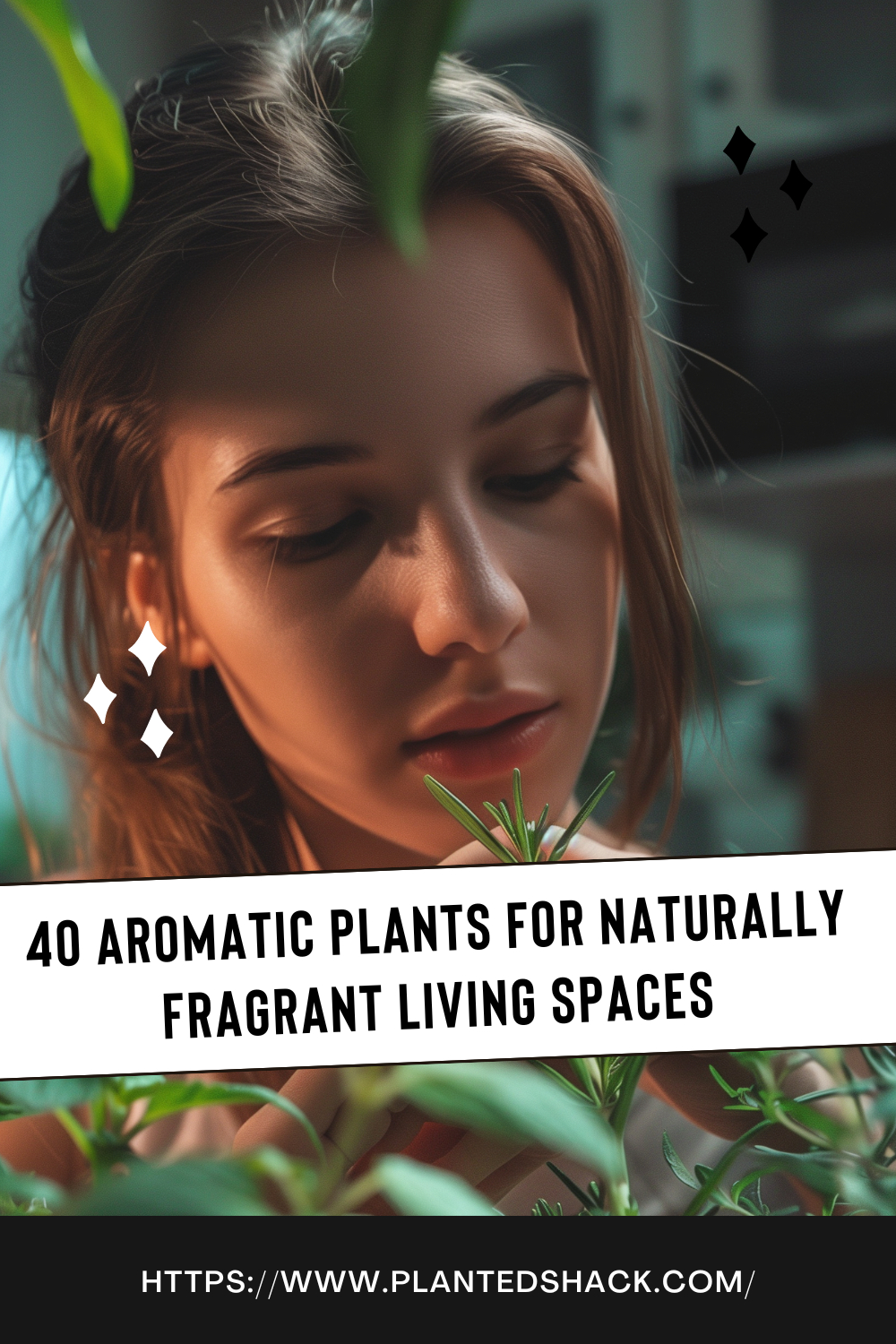- Lavender

-
- Why It’s Great: Lavender emits a calming aroma known to reduce stress and promote relaxation.
- Light: Full sun.
- Watering: Moderate; allow soil to dry out between waterings.
- Size: Varies, but typically medium-sized shrubs.
- Soil: Well-draining, sandy soil.
- Feeding: Light feeding with a balanced fertilizer during the growing season.
- Flowering: Summer.
- Ease of Growing Rating: ⭐⭐⭐⭐
- Rosemary
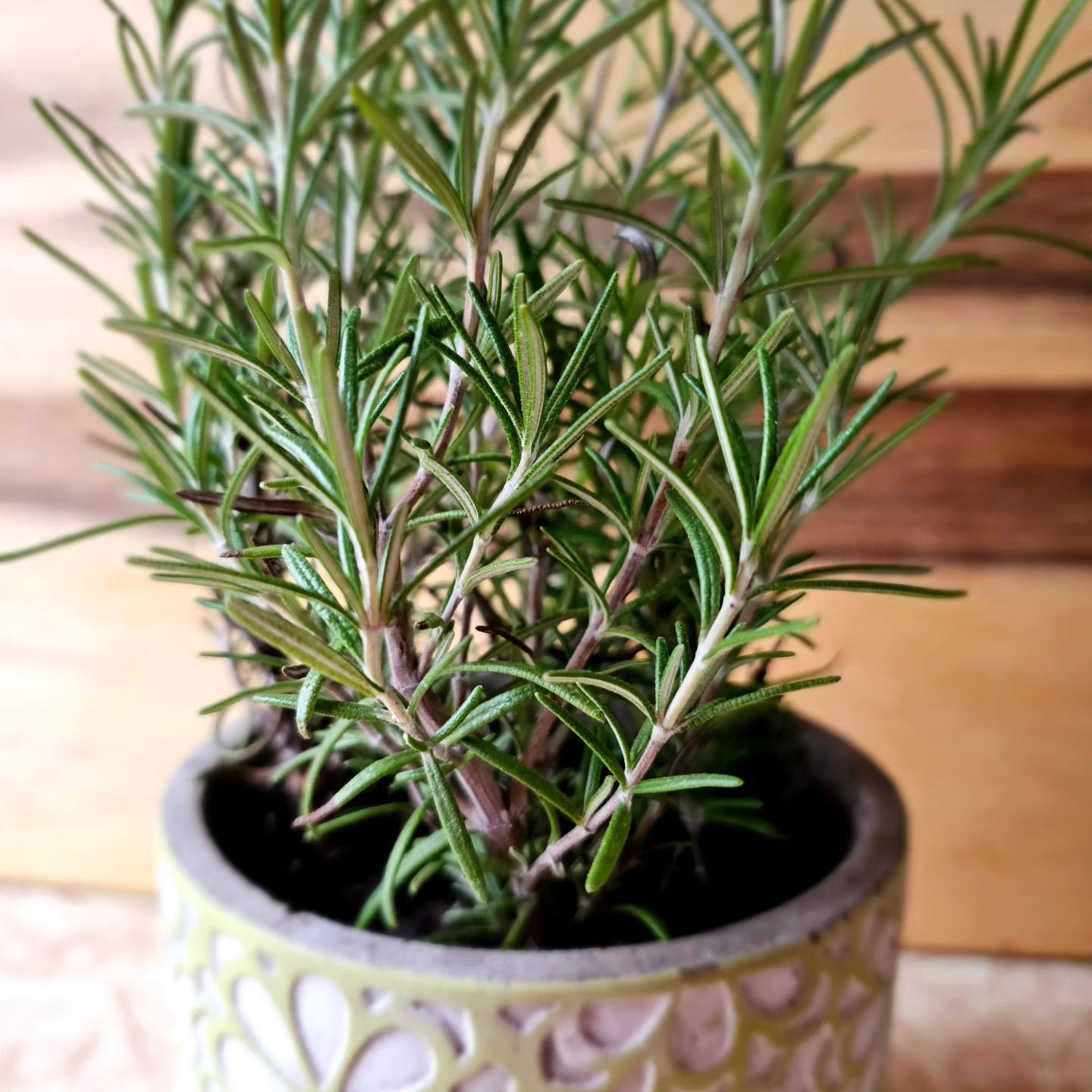
-
- Why It’s Great: Rosemary’s woody scent is invigorating and can improve focus and memory.
- Light: Full sun to partial shade.
- Watering: Infrequent; prefers drier conditions.
- Size: Can grow into a small shrub or be maintained as a compact herb.
- Soil: Well-draining soil; slightly alkaline.
- Feeding: Minimal feeding with a balanced fertilizer.
- Flowering: Spring to summer.
- Ease of Growing Rating: ⭐⭐⭐
3. Jasmine
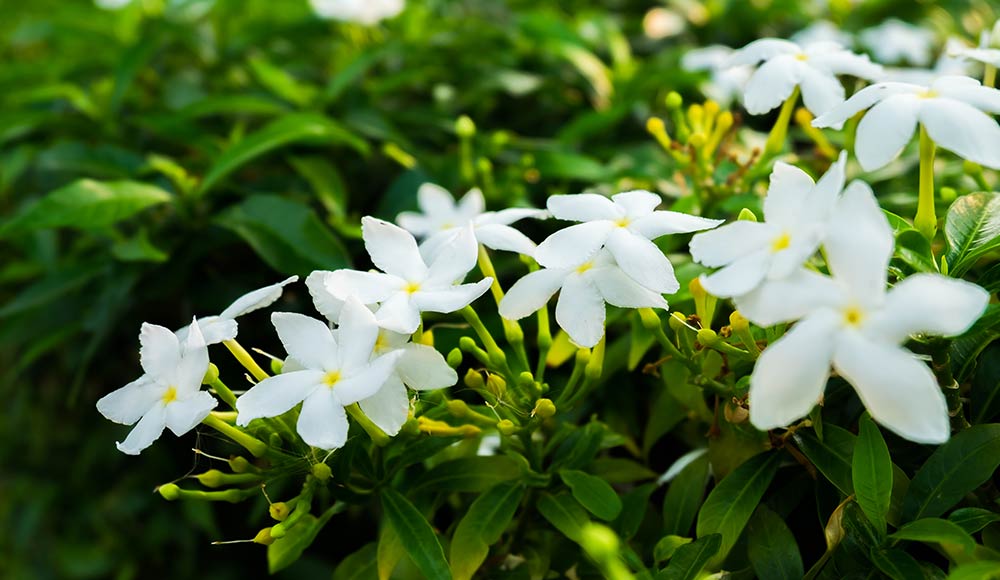
-
- Why It’s Great: Jasmine’s sweet fragrance is delightful and often used in perfumes and teas.
- Light: Bright, indirect light.
- Watering: Regular watering to keep soil evenly moist.
- Size: Climbing vine or shrub depending on variety.
- Soil: Well-draining, fertile soil.
- Feeding: Monthly feeding with a balanced fertilizer during the growing season.
- Flowering: Spring to fall.
- Ease of Growing Rating: ⭐⭐⭐⭐
4. Mint
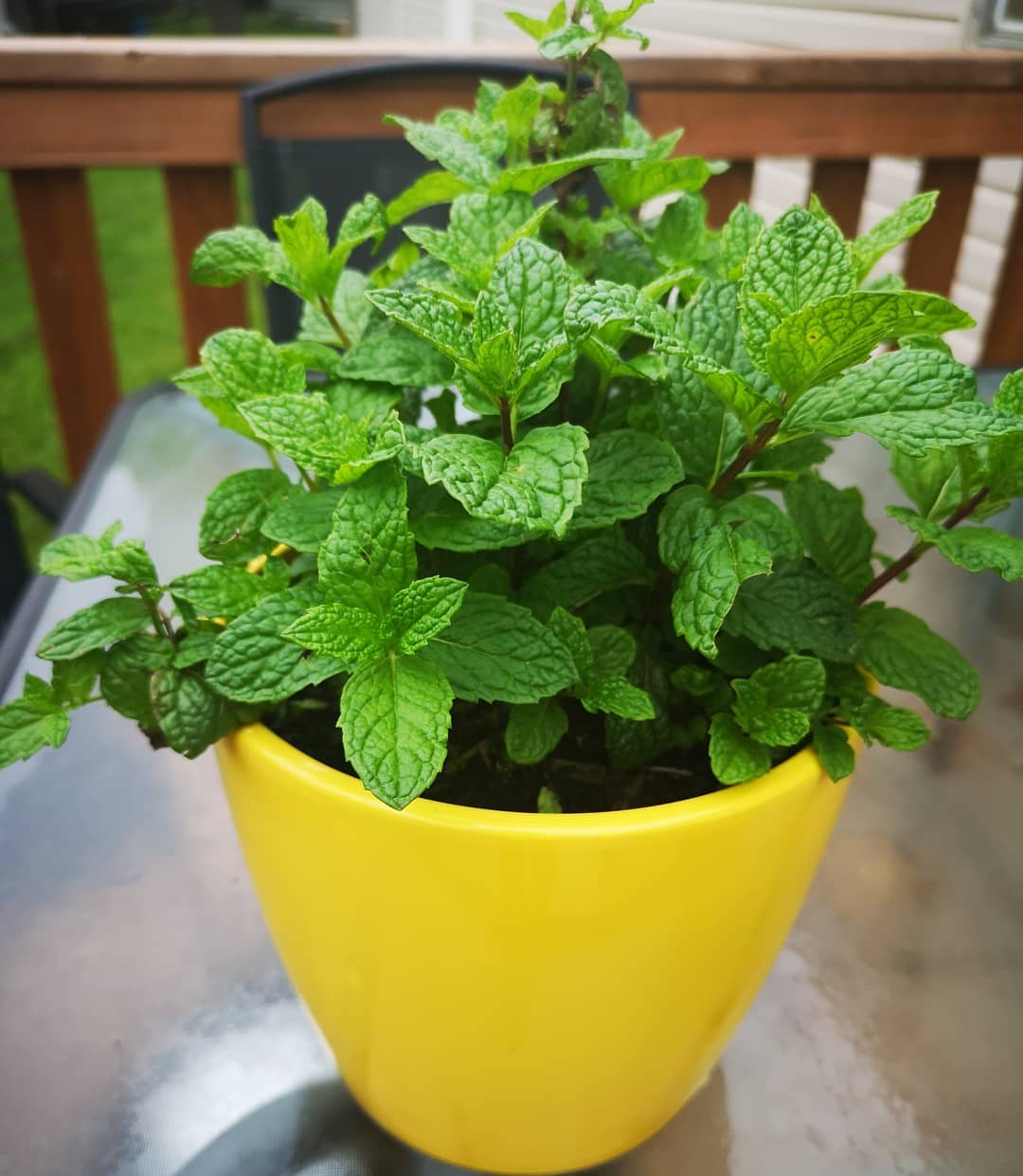
-
-
- Why It’s Great: Mint’s refreshing scent can uplift mood and aid digestion.
- Light: Partial shade to full sun.
- Watering: Keep soil consistently moist.
- Size: Spreading herbaceous plant.
- Soil: Rich, moist soil.
- Feeding: Occasional feeding with a balanced fertilizer.
- Flowering: Summer.
- Ease of Growing Rating: ⭐⭐⭐
-
5. Geranium
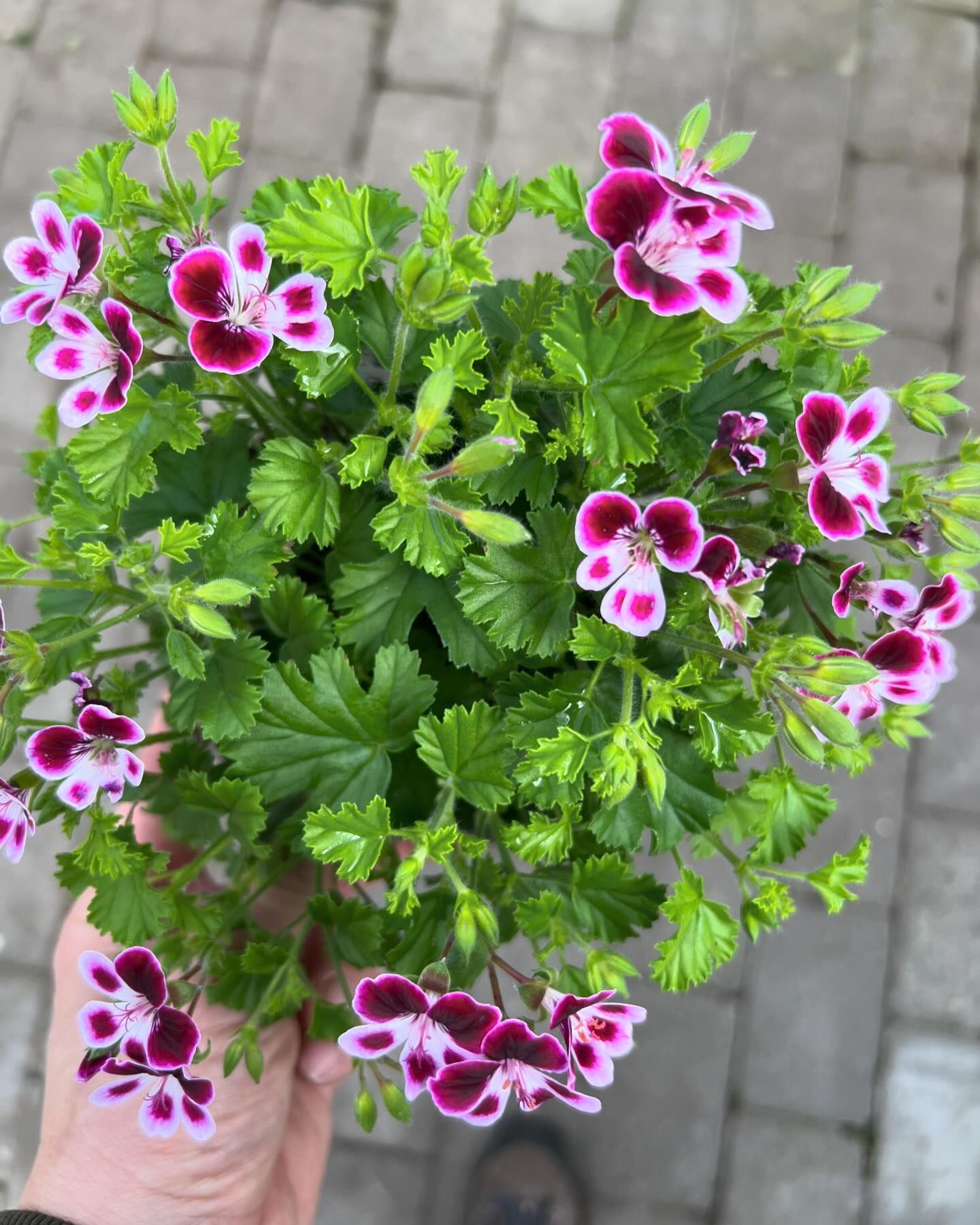
-
-
-
- Why It’s Great: Geraniums offer a variety of scents, from citrusy to floral, and are easy to propagate.
- Light: Full sun to partial shade.
- Watering: Allow soil to dry out slightly between waterings.
- Size: Compact shrubs or trailing plants.
- Soil: Well-draining soil.
- Feeding: Regular feeding with a balanced fertilizer during the growing season.
- Flowering: Spring to fall.
- Ease of Growing Rating: ⭐⭐⭐⭐
-
-
- Lemon Balm
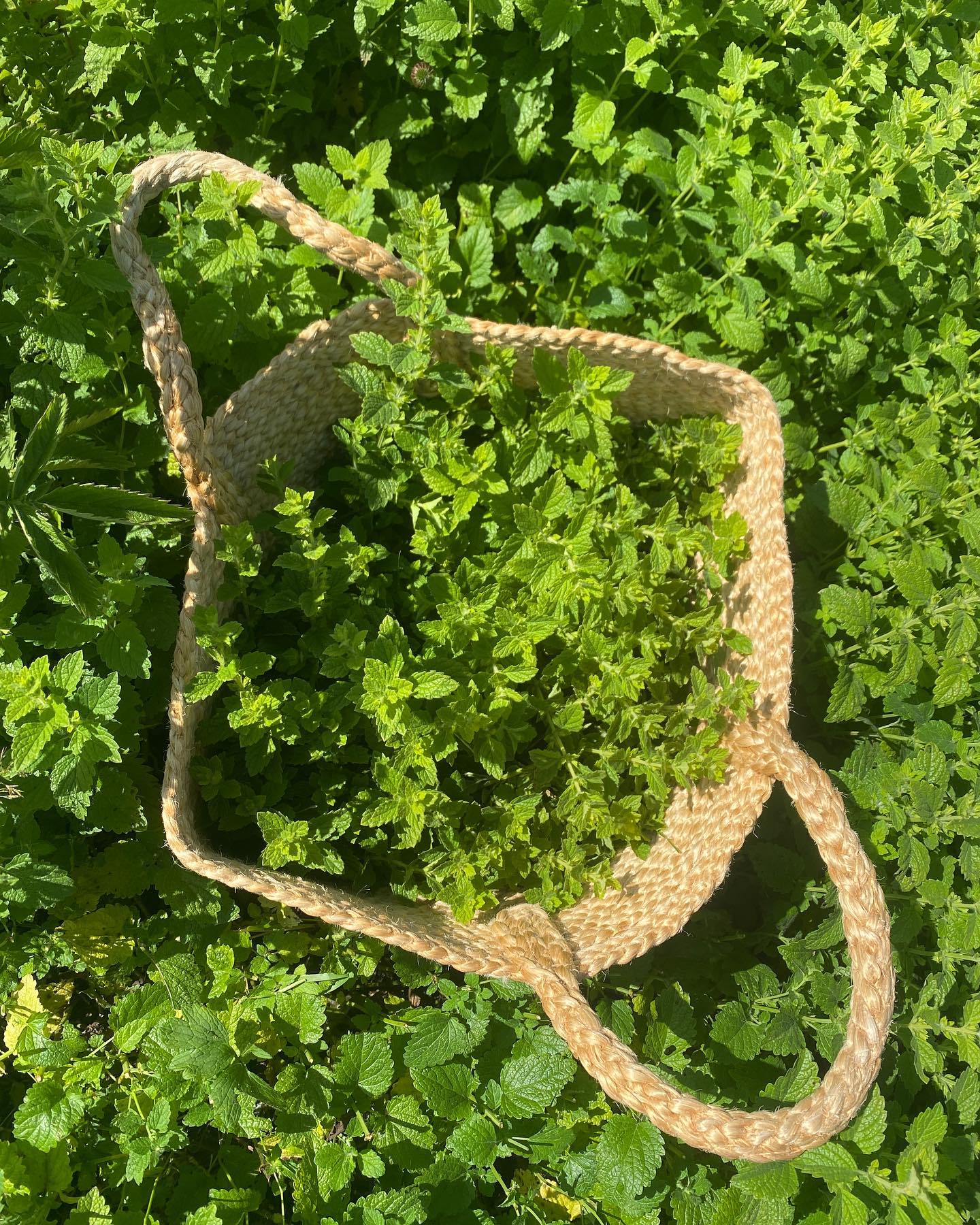
-
- Why It’s Great: Lemon balm emits a citrusy aroma that can uplift spirits and repel insects.
- Light: Partial shade to full sun.
- Watering: Keep soil consistently moist.
- Size: Herbaceous perennial, growing up to 2 feet tall.
- Soil: Rich, well-draining soil.
- Feeding: Feed lightly with a balanced fertilizer every 4-6 weeks during the growing season.
- Flowering: Summer.
- Ease of Growing Rating: ⭐⭐⭐
- Patchouli
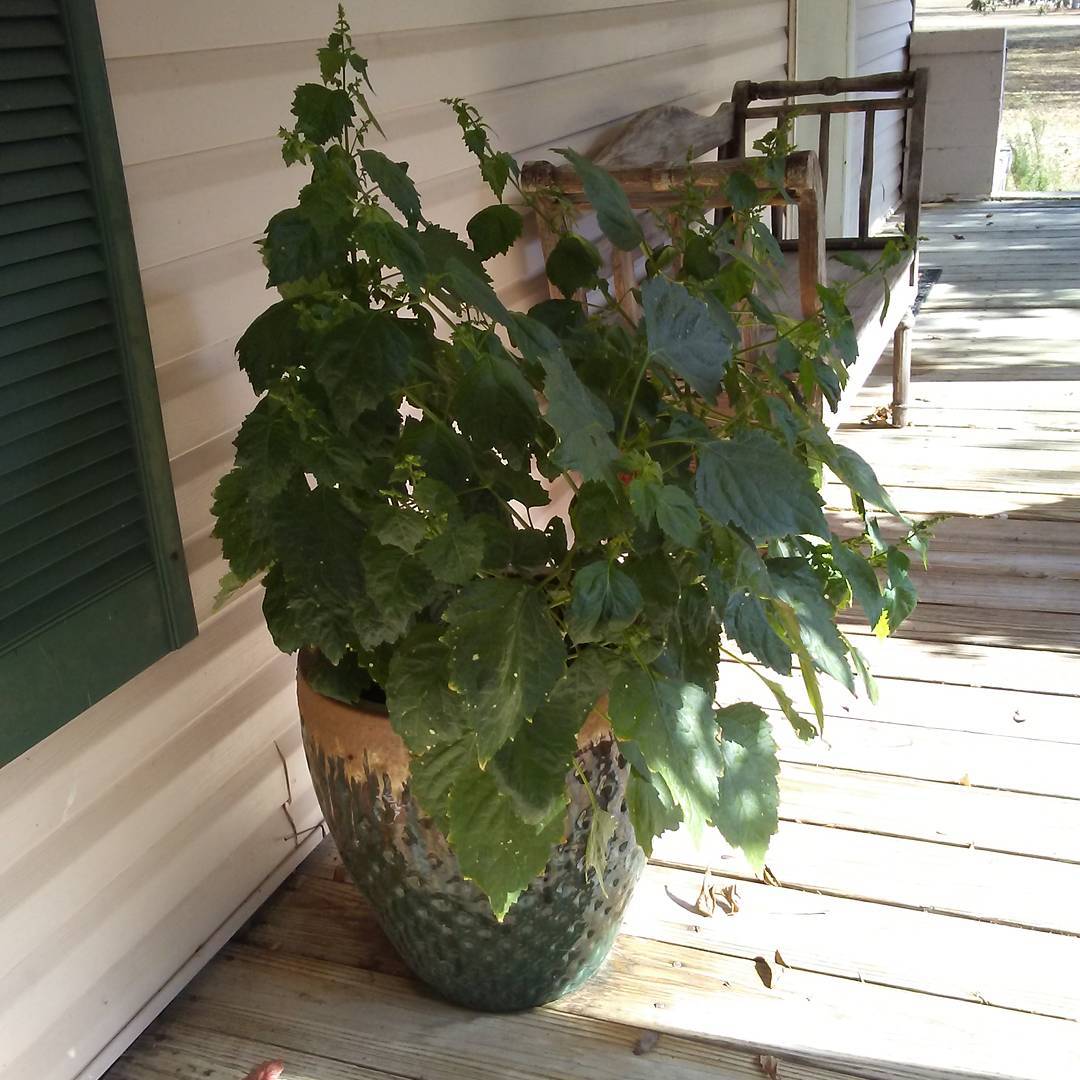
-
- Why It’s Great: Patchouli’s earthy scent is grounding and often used in aromatherapy.
- Light: Partial shade to full sun.
- Watering: Allow soil to dry out slightly between waterings.
- Size: Herbaceous perennial, reaching up to 3 feet tall.
- Soil: Well-draining, slightly acidic soil.
- Feeding: Feed lightly with a balanced fertilizer during the growing season.
- Flowering: Fall.
- Ease of Growing Rating: ⭐⭐
8.Thyme
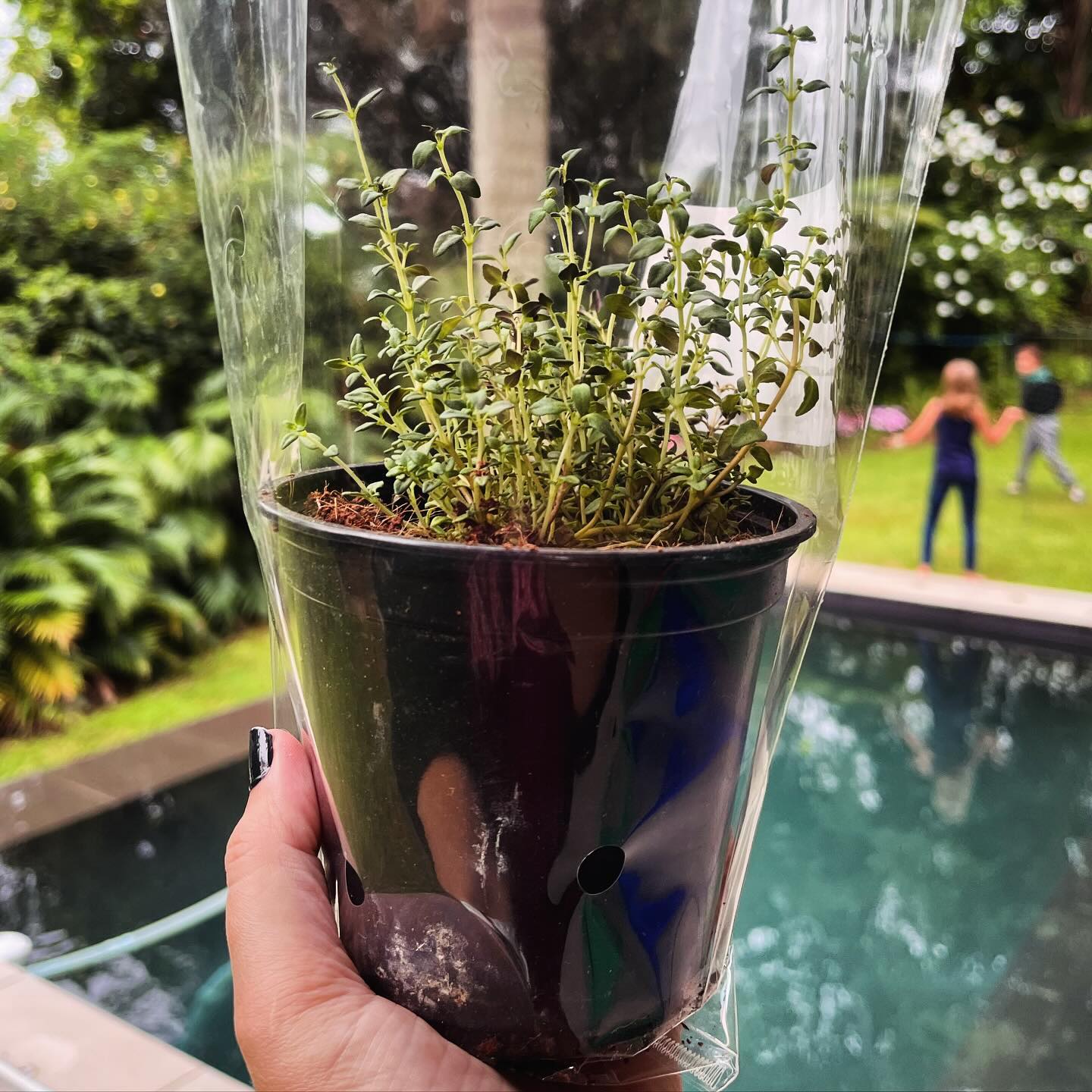
-
-
- Why It’s Great: Thyme’s fragrance is herbaceous and can enhance culinary dishes while purifying the air.
- Light: Full sun.
- Watering: Allow soil to dry out between waterings; thyme prefers drier conditions.
- Size: Low-growing perennial herb.
- Soil: Well-draining, sandy soil.
- Feeding: Minimal feeding with a balanced fertilizer.
- Flowering: Summer.
- Ease of Growing Rating: ⭐⭐⭐
-
9. Eucalyptus
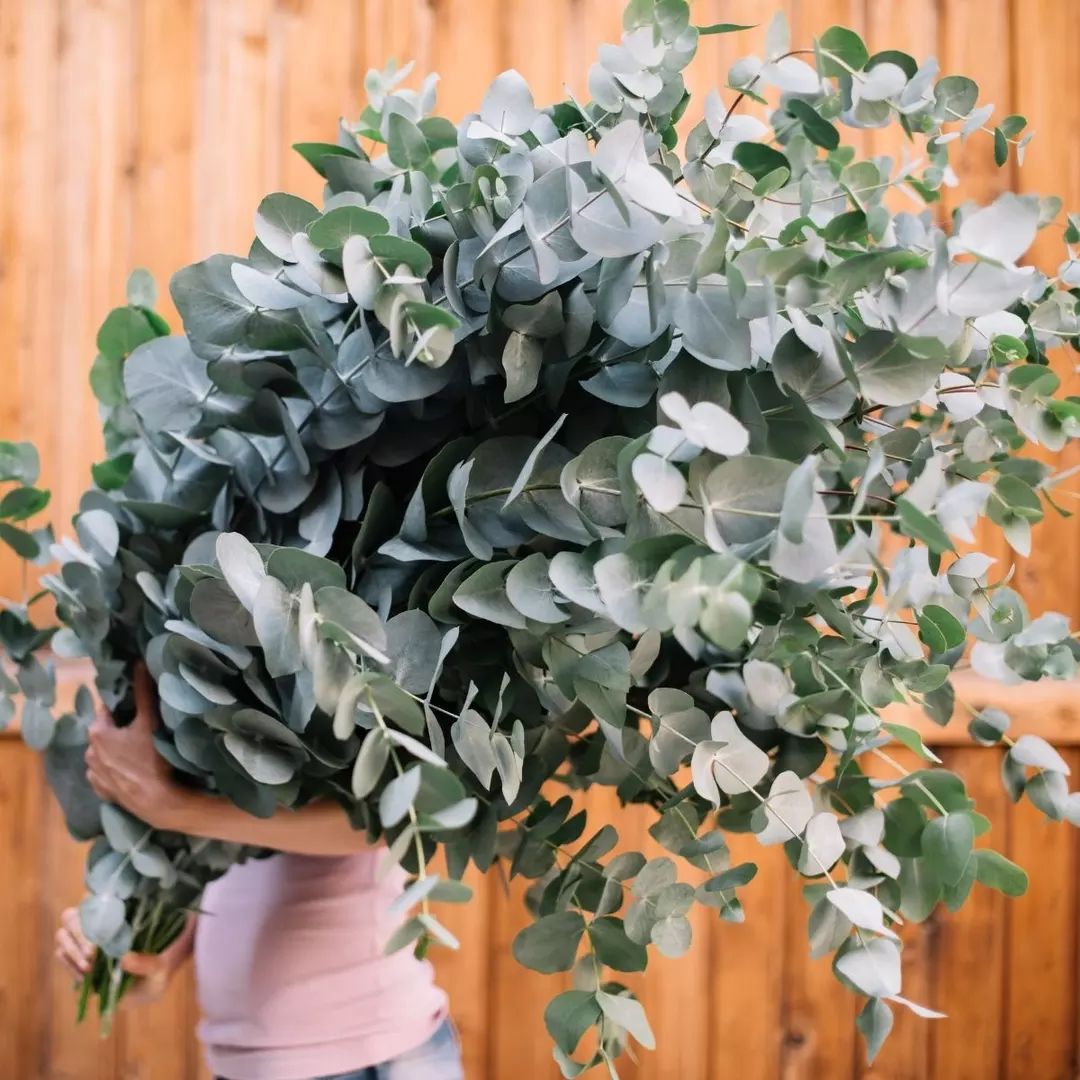
-
-
-
- Why It’s Great: Eucalyptus emits a fresh, clean aroma known for its respiratory benefits.
- Light: Full sun to partial shade.
- Watering: Keep soil evenly moist, especially in dry climates.
- Size: Fast-growing tree or shrub, depending on variety.
- Soil: Well-draining soil.
- Feeding: Feed lightly with a balanced fertilizer during the growing season.
- Flowering: Winter to spring.
- Ease of Growing Rating: ⭐⭐⭐
-
-
10. Basil
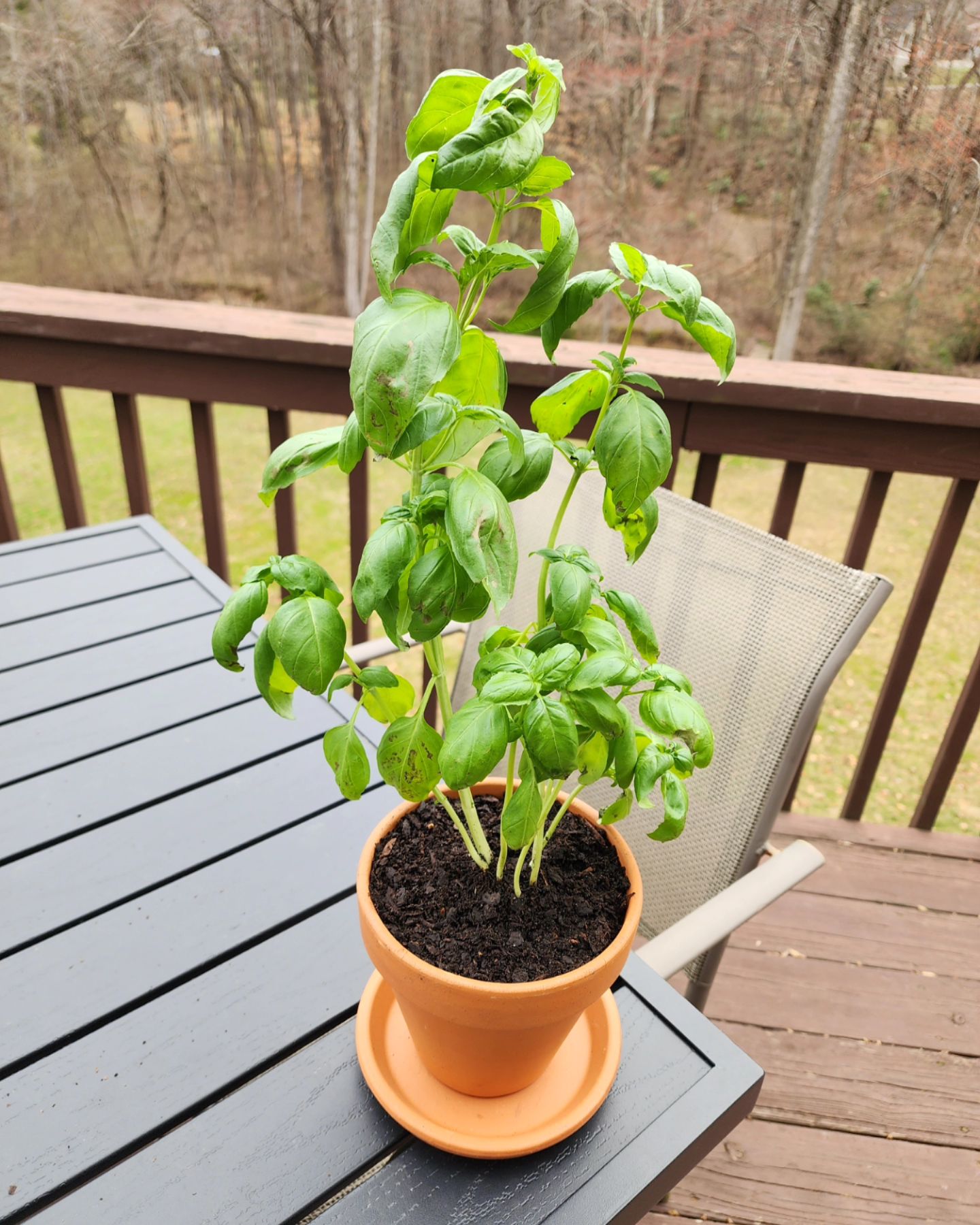
-
-
-
-
- Why It’s Great: Basil’s sweet scent is commonly used in cooking and can deter pests indoors.
- Light: Full sun.
- Watering: Keep soil consistently moist.
- Size: Herbaceous annual, growing up to 2 feet tall.
- Soil: Rich, well-draining soil.
- Feeding: Feed lightly with a balanced fertilizer every 4-6 weeks during the growing season.
- Flowering: Summer.
- Ease of Growing Rating: ⭐⭐⭐⭐
-
-
-
- Lemon Verbena
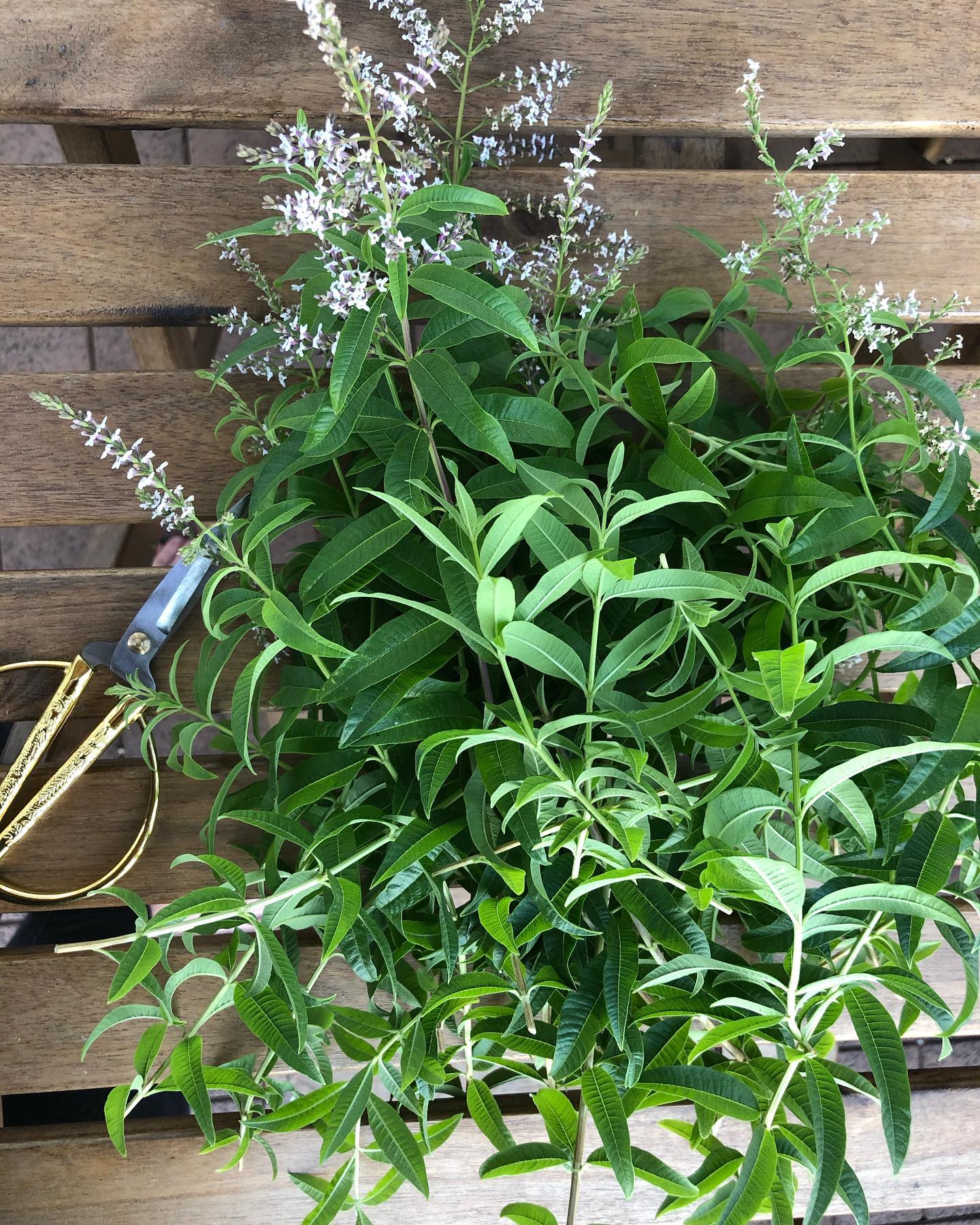
-
- Why It’s Great: Lemon verbena offers a strong lemon scent that can be used in teas and desserts.
- Light: Full sun.
- Watering: Keep soil evenly moist.
- Size: Tall, woody shrub.
- Soil: Well-draining, fertile soil.
- Feeding: Feed monthly with a balanced fertilizer during the growing season.
- Flowering: Summer.
- Ease of Growing Rating: ⭐⭐⭐
- Sage
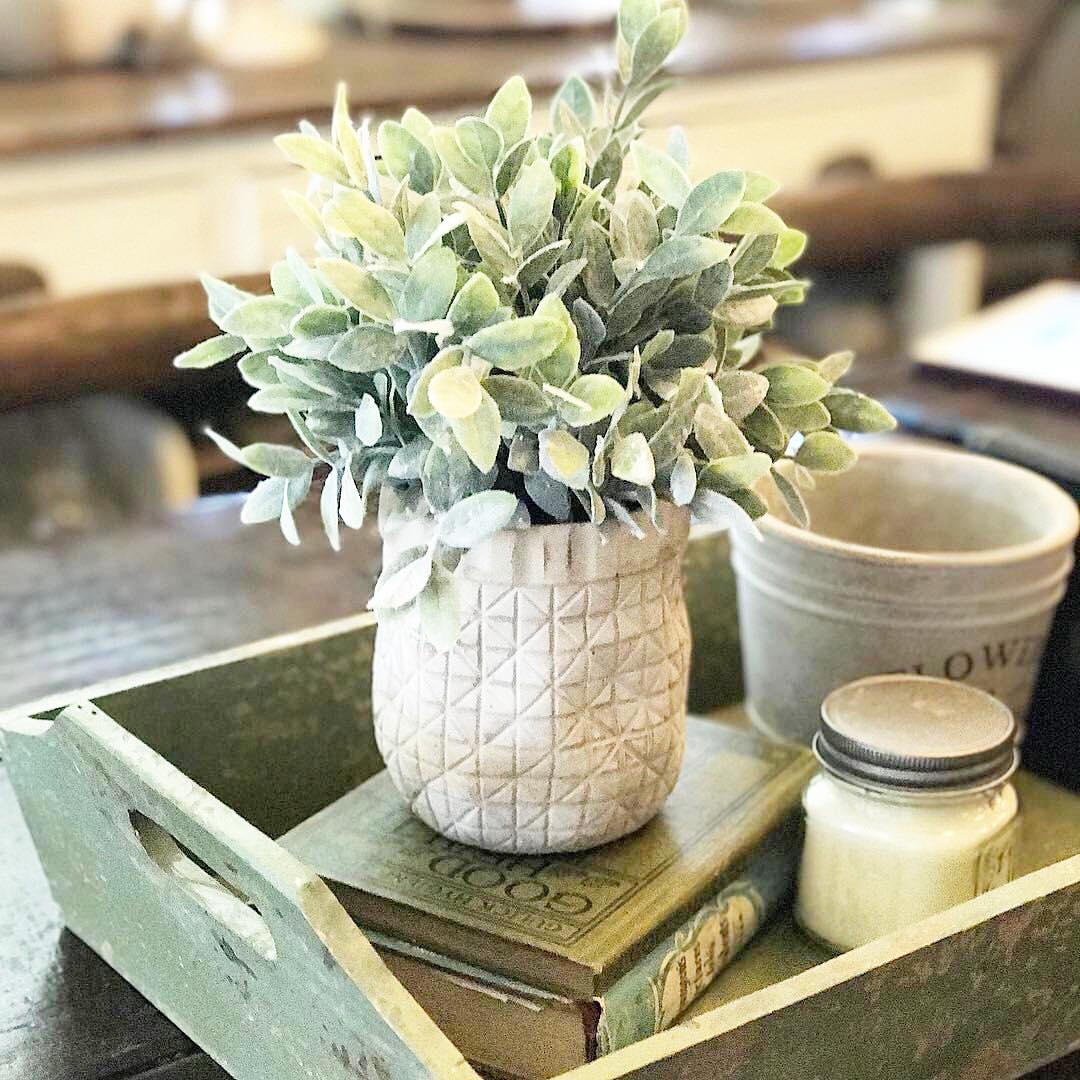
-
- Why It’s Great: Sage’s aromatic foliage is both culinary and medicinal, with a warm, earthy scent.
- Light: Full sun.
- Watering: Allow soil to dry out between waterings.
- Size: Shrubby perennial, reaching up to 2 feet tall.
- Soil: Well-draining, slightly alkaline soil.
- Feeding: Minimal feeding with a balanced fertilizer.
- Flowering: Summer.
- Ease of Growing Rating: ⭐⭐⭐
13.Chamomile
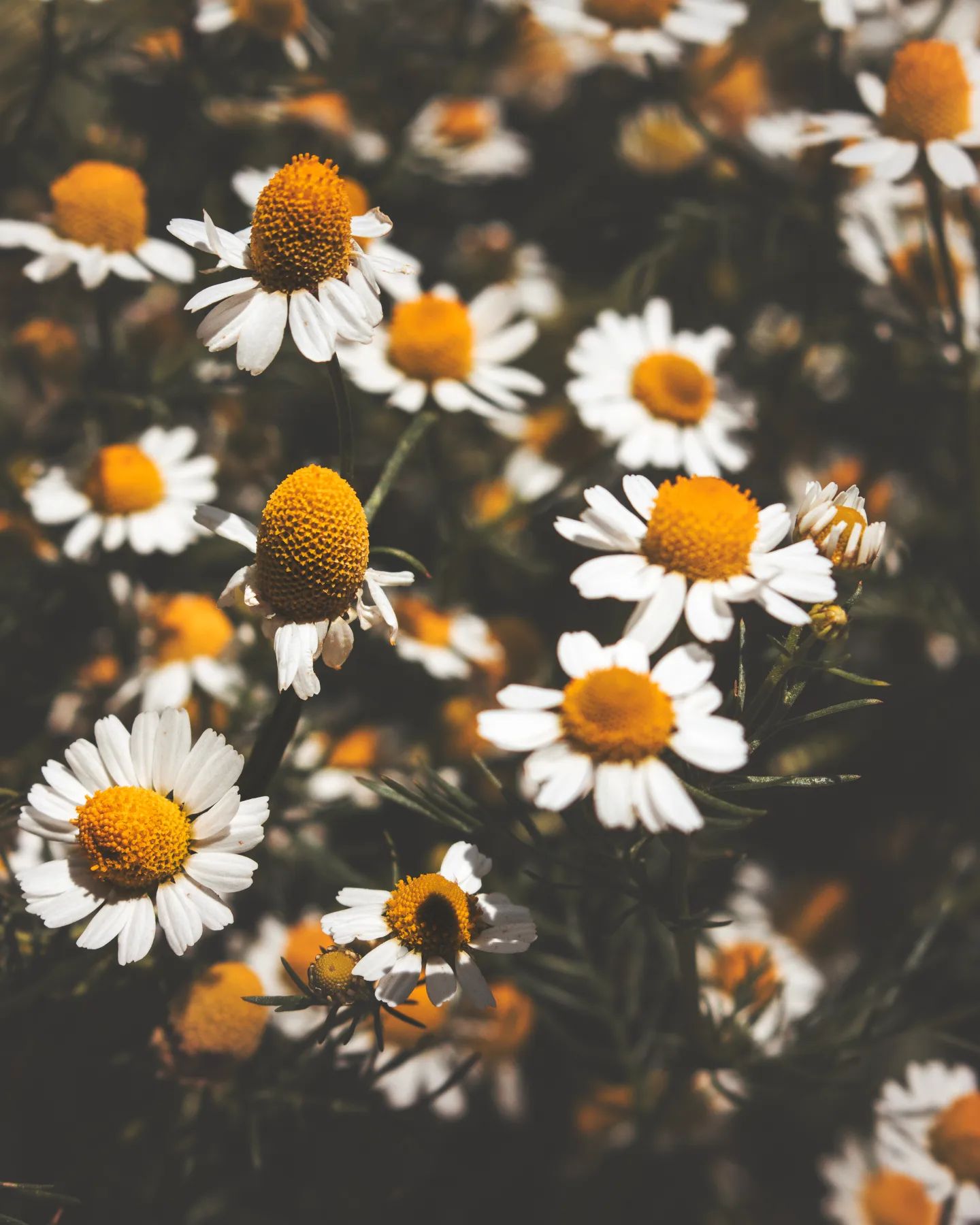
-
- Why It’s Great: Chamomile’s apple-like fragrance is soothing and often used in teas and skincare products.
- Light: Full sun to partial shade.
- Watering: Keep soil consistently moist.
- Size: Low-growing herbaceous plant.
- Soil: Well-draining, slightly acidic soil.
- Feeding: Feed lightly with a balanced fertilizer every 4-6 weeks during the growing season.
- Flowering: Late spring to summer.
- Ease of Growing Rating: ⭐⭐⭐
14. Citronella
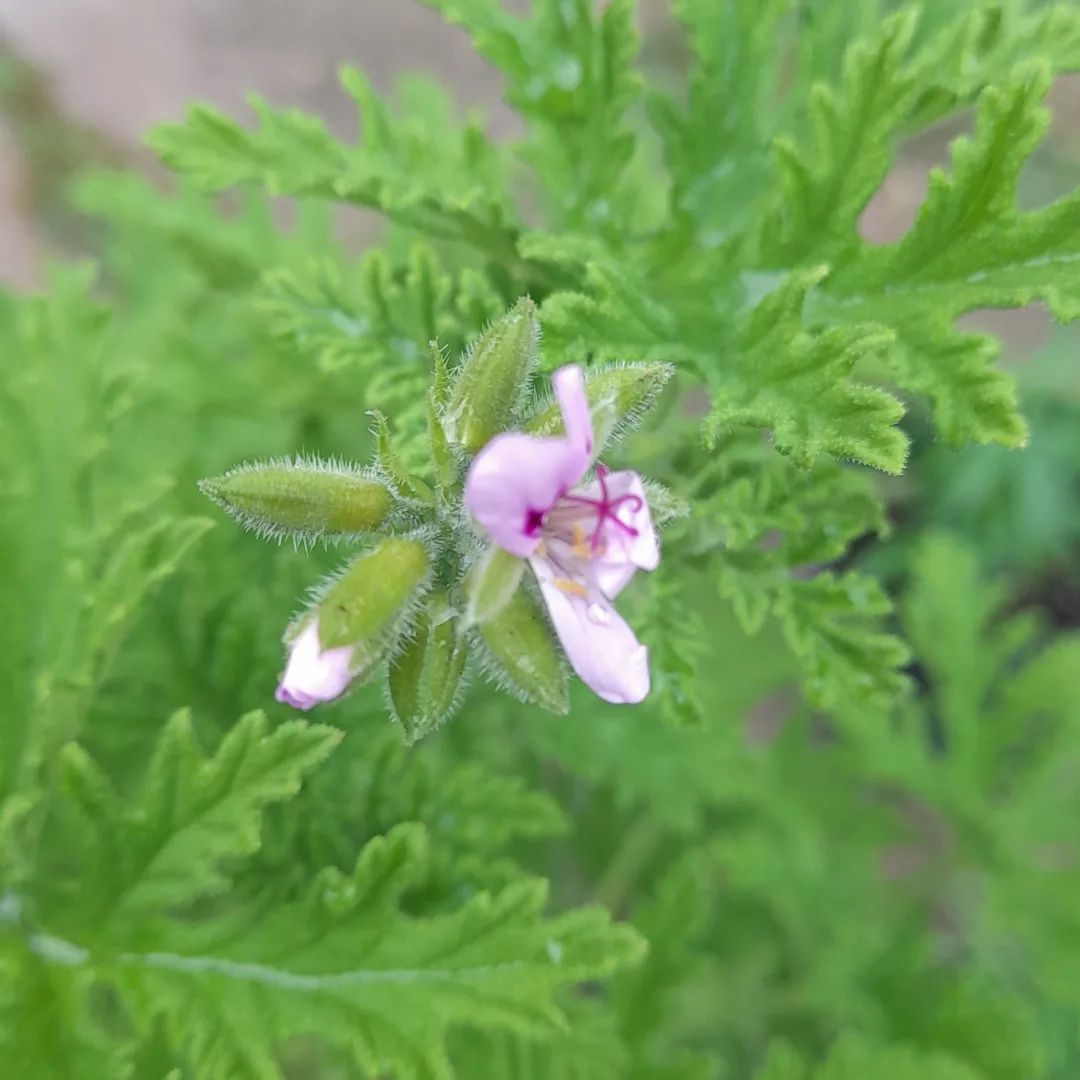
-
-
- Why It’s Great: Citronella’s citrusy scent naturally repels mosquitoes, making it perfect for outdoor living spaces.
- Light: Full sun to partial shade.
- Watering: Keep soil evenly moist.
- Size: Herbaceous perennial, growing up to 3 feet tall.
- Soil: Well-draining soil.
- Feeding: Feed monthly with a balanced fertilizer during the growing season.
- Flowering: Summer.
- Ease of Growing Rating: ⭐⭐⭐
-
15. Lemongrass
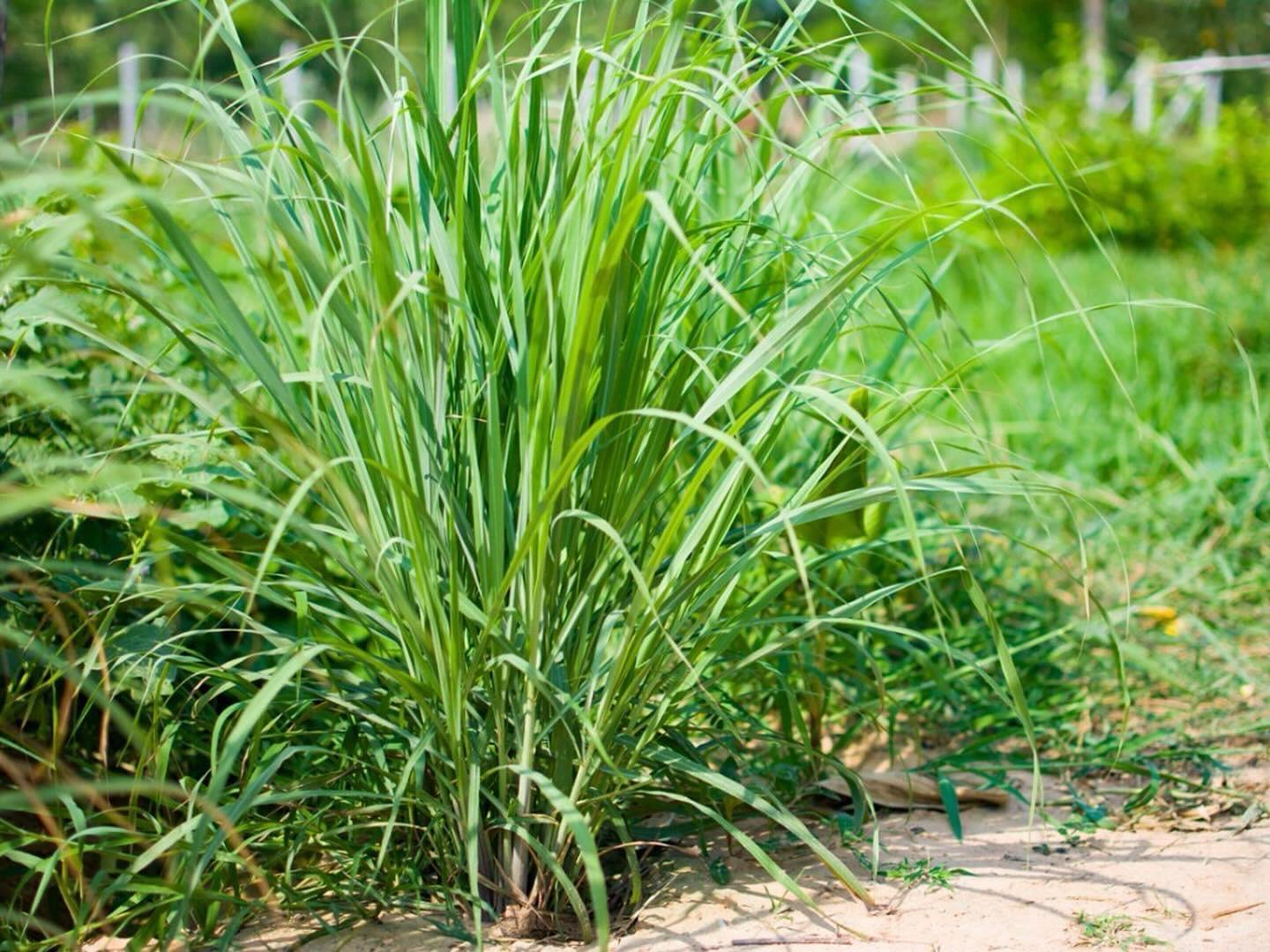
-
-
-
- Why It’s Great: Lemongrass emits a strong lemon scent and is commonly used in cooking and herbal remedies.
- Light: Full sun to partial shade.
- Watering: Keep soil consistently moist.
- Size: Tall, grass-like perennial.
- Soil: Well-draining, fertile soil.
- Feeding: Feed monthly with a balanced fertilizer during the growing season.
- Flowering: Summer to fall.
- Ease of Growing Rating: ⭐⭐⭐⭐
-
-
16. Citrus (Orange, Lemon, Lime)
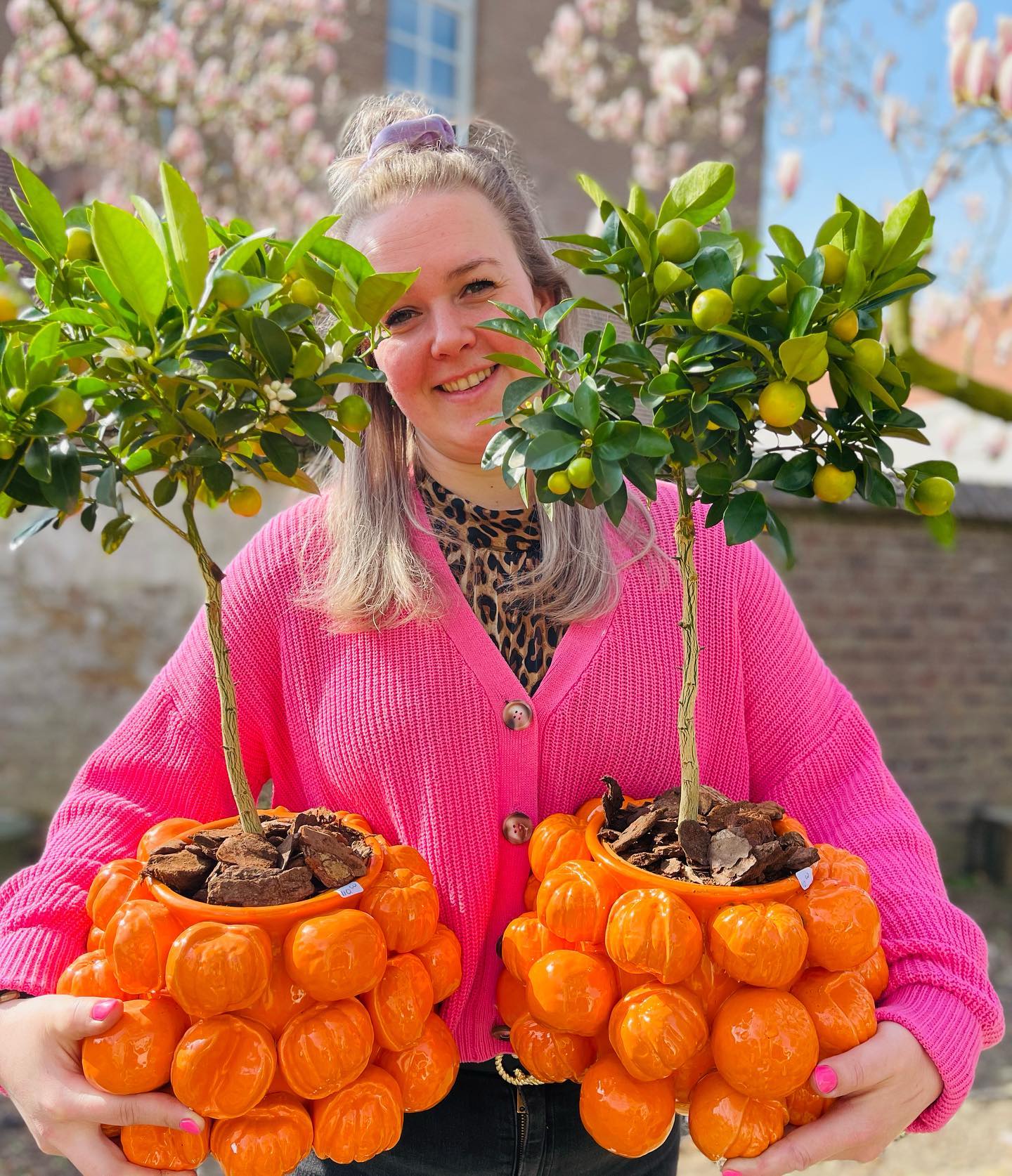
-
-
-
-
- Why It’s Great: Citrus trees offer a refreshing aroma and can produce edible fruits indoors if given proper care.
- Light: Full sun.
- Watering: Keep soil evenly moist.
- Size: Small trees or shrubs, depending on variety.
- Soil: Well-draining, slightly acidic soil.
- Feeding: Feed monthly with a citrus-specific fertilizer during the growing season.
- Flowering: Spring.
- Ease of Growing Rating: ⭐⭐⭐
-
-
-
17. Bergamot
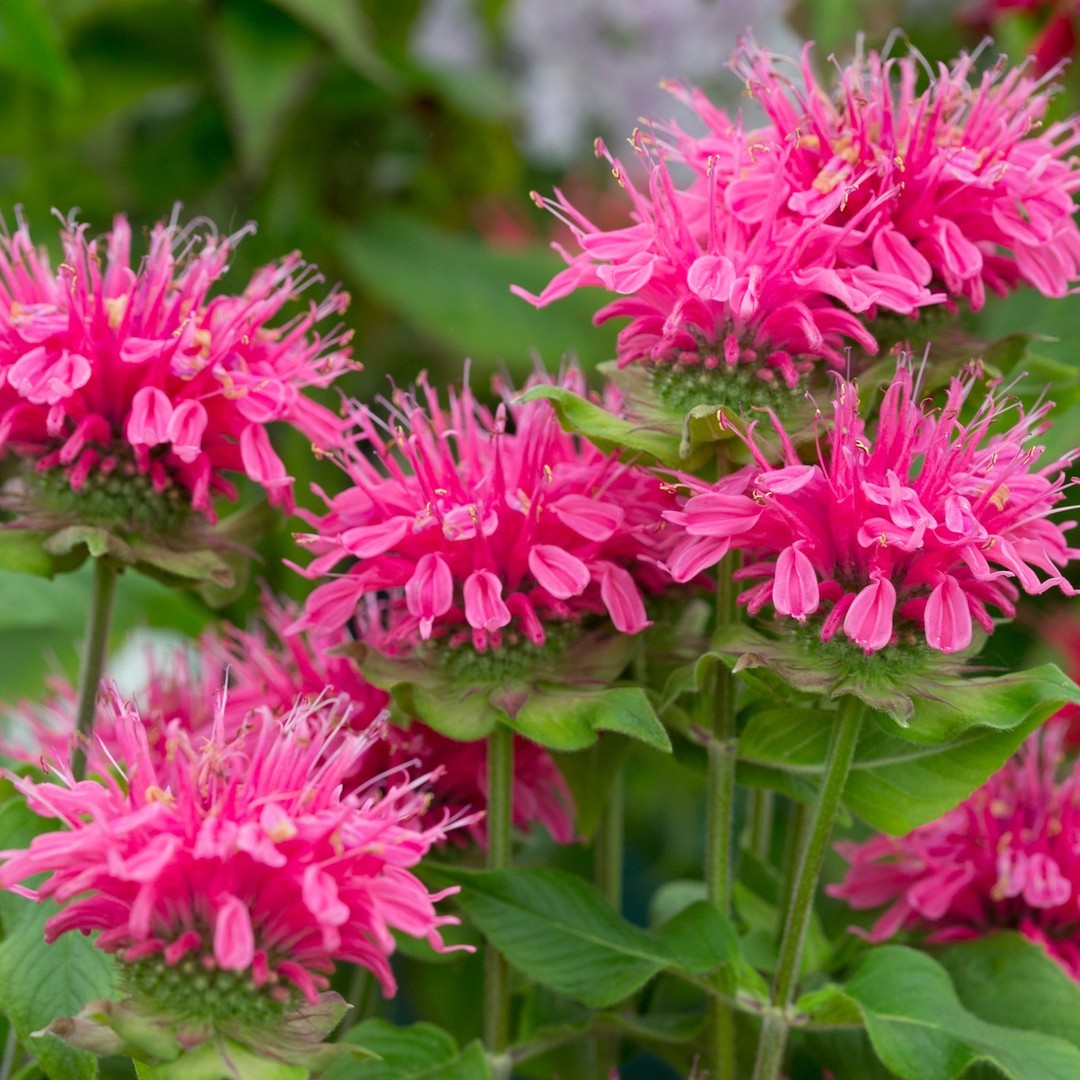
-
-
-
-
-
- Why It’s Great: Bergamot’s citrusy scent is uplifting and commonly used in teas and aromatherapy.
- Light: Full sun to partial shade.
- Watering: Keep soil evenly moist.
- Size: Herbaceous perennial, growing up to 3 feet tall.
- Soil: Well-draining, slightly acidic soil.
- Feeding: Feed monthly with a balanced fertilizer during the growing season.
- Flowering: Summer.
- Ease of Growing Rating: ⭐⭐⭐
-
-
-
-
18. Lily of the Valley

-
-
-
-
-
-
- Why It’s Great: Lily of the valley offers a delicate, sweet fragrance and elegant appearance.
- Light: Partial to full shade.
- Watering: Keep soil consistently moist.
- Size: Low-growing perennial, reaching up to 6 inches tall.
- Soil: Rich, well-draining soil.
- Feeding: Minimal feeding with a balanced fertilizer.
- Flowering: Spring.
- Ease of Growing Rating: ⭐⭐
-
-
-
-
-
19. Hyacinth
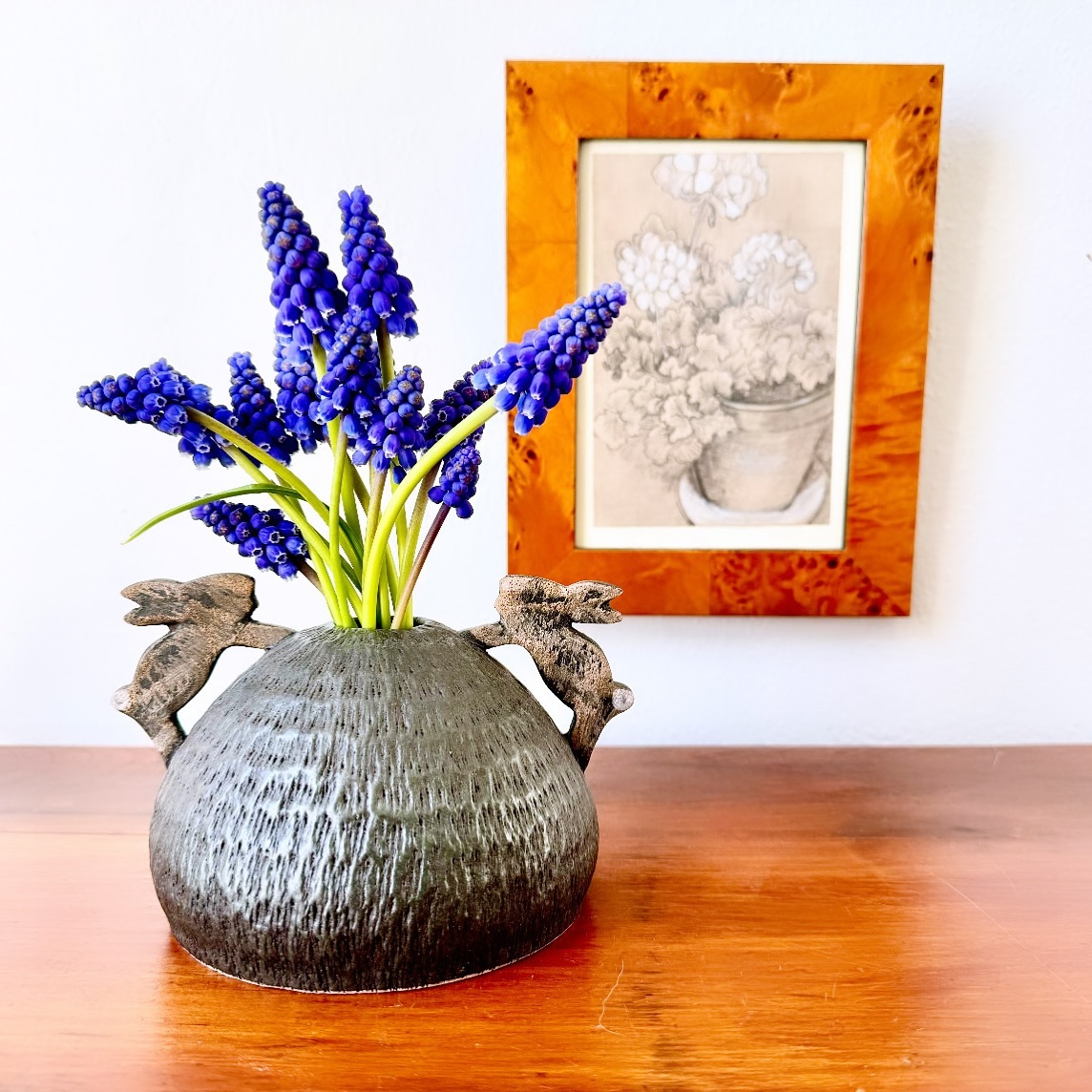
-
-
-
-
-
-
-
- Why It’s Great: Hyacinth’s intense fragrance fills the air with its sweet, floral scent, often associated with spring.
- Light: Full sun to partial shade.
- Watering: Keep soil consistently moist.
- Size: Bulbous perennial, growing up to 1 foot tall.
- Soil: Well-draining, fertile soil.
- Feeding: Feed lightly with a balanced fertilizer during the growing season.
- Flowering: Spring.
- Ease of Growing Rating: ⭐⭐⭐
-
-
-
-
-
-
20. Peppermint
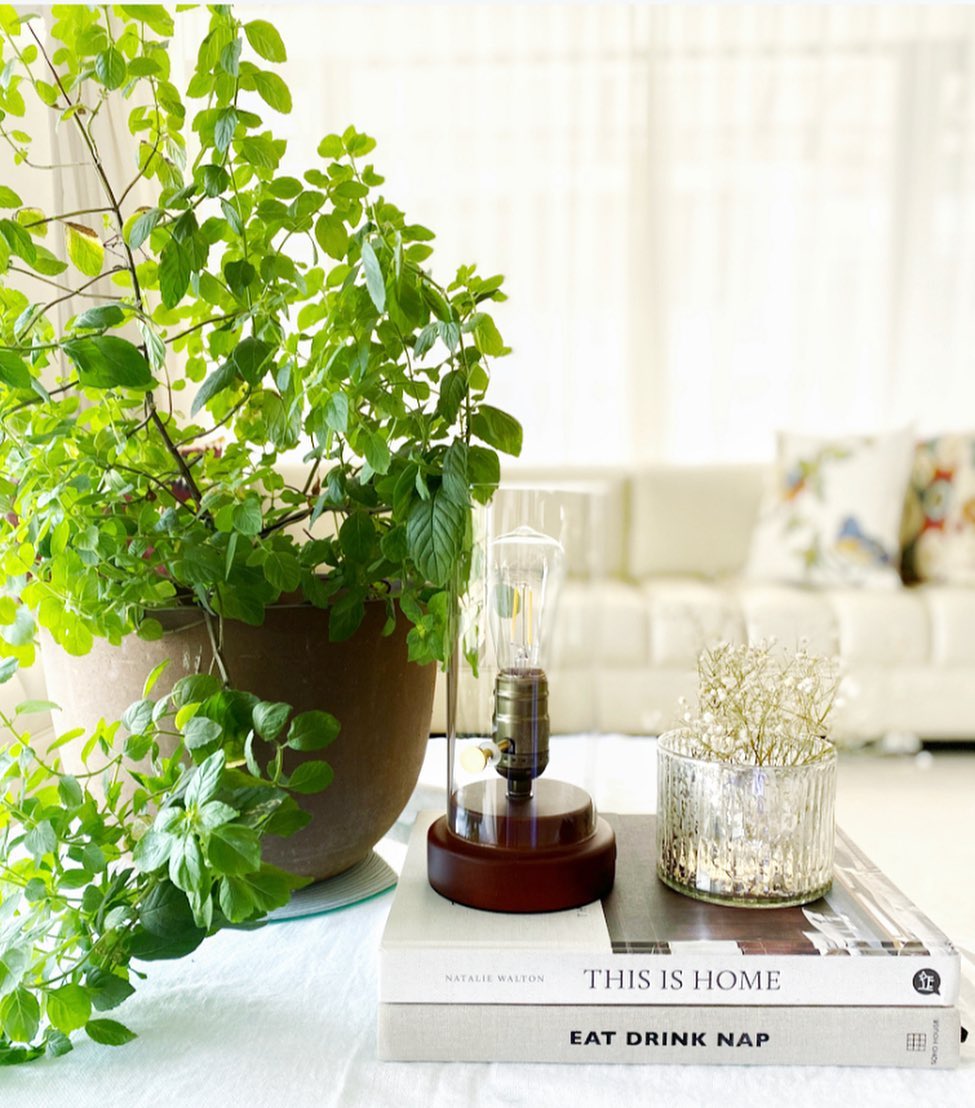
-
-
-
-
-
-
-
-
- Why It’s Great: Peppermint’s refreshing aroma can invigorate the senses and relieve headaches.
- Light: Partial shade to full sun.
- Watering: Keep soil consistently moist.
- Size: Spreading herbaceous plant.
- Soil: Rich, moist soil.
- Feeding: Occasional feeding with a balanced fertilizer.
- Flowering: Summer.
- Ease of Growing Rating: ⭐⭐⭐
-
-
-
-
-
-
-
21. Oregano
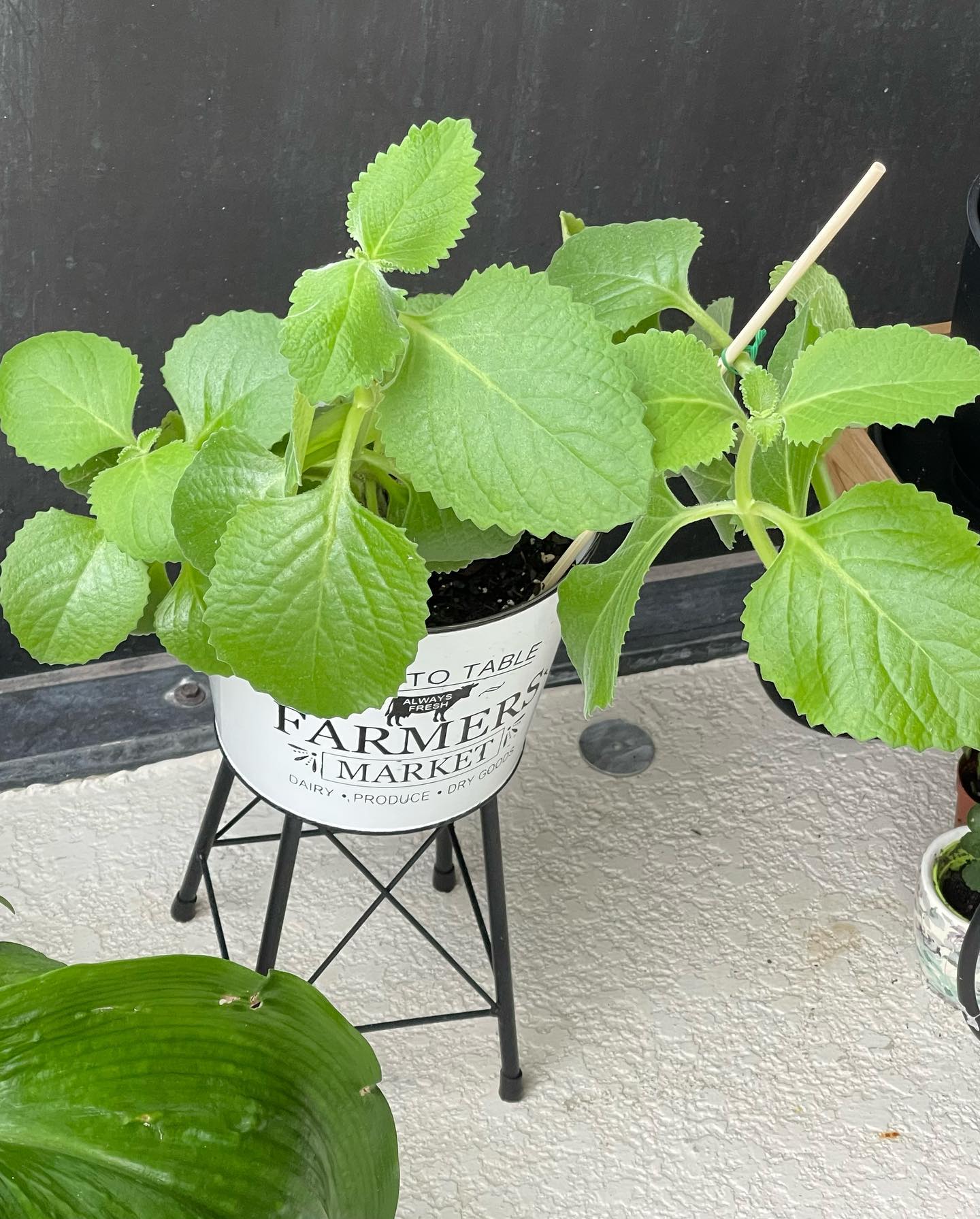
-
-
- Why It’s Great: Oregano’s pungent fragrance is essential in Mediterranean cuisine and has antibacterial properties.
- Light: Full sun.
- Watering: Allow soil to dry out between waterings.
- Size: Low-growing herbaceous perennial.
- Soil: Well-draining, sandy soil.
- Feeding: Minimal feeding with a balanced fertilizer.
- Flowering: Summer.
- Ease of Growing Rating: ⭐⭐⭐
-
22. Marjoram
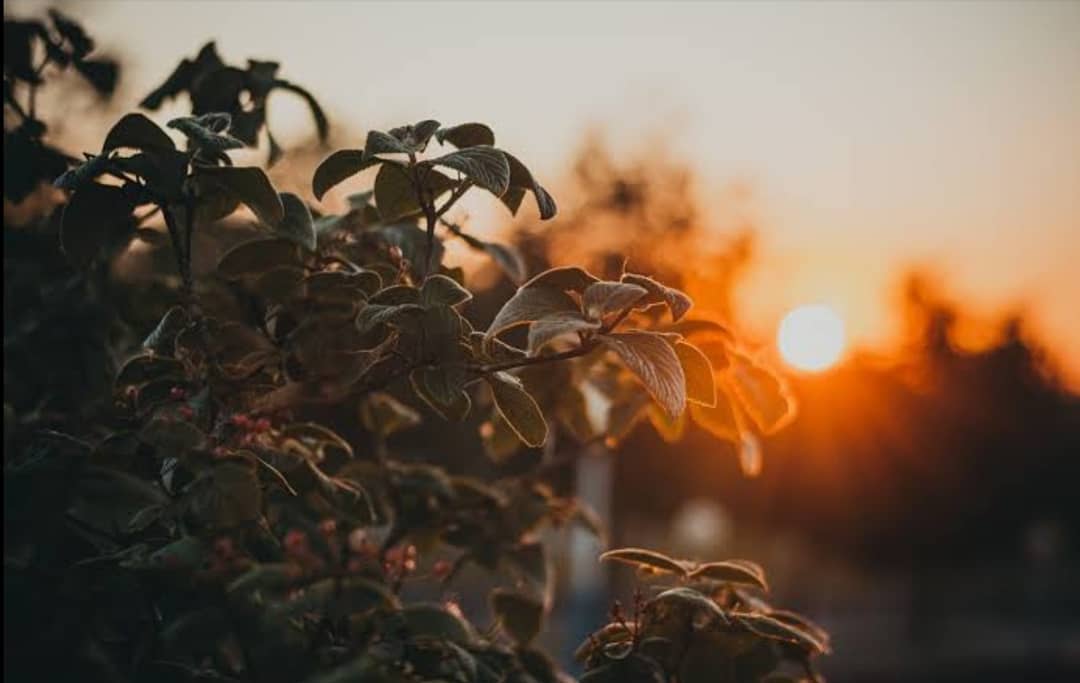
-
-
-
- Why It’s Great: Marjoram’s warm, spicy aroma complements savory dishes and has calming properties.
- Light: Full sun.
- Watering: Allow soil to dry out between waterings.
- Size: Low-growing herbaceous perennial.
- Soil: Well-draining, sandy soil.
- Feeding: Minimal feeding with a balanced fertilizer.
- Flowering: Summer.
- Ease of Growing Rating: ⭐⭐⭐
-
-
23. Lemon Thyme
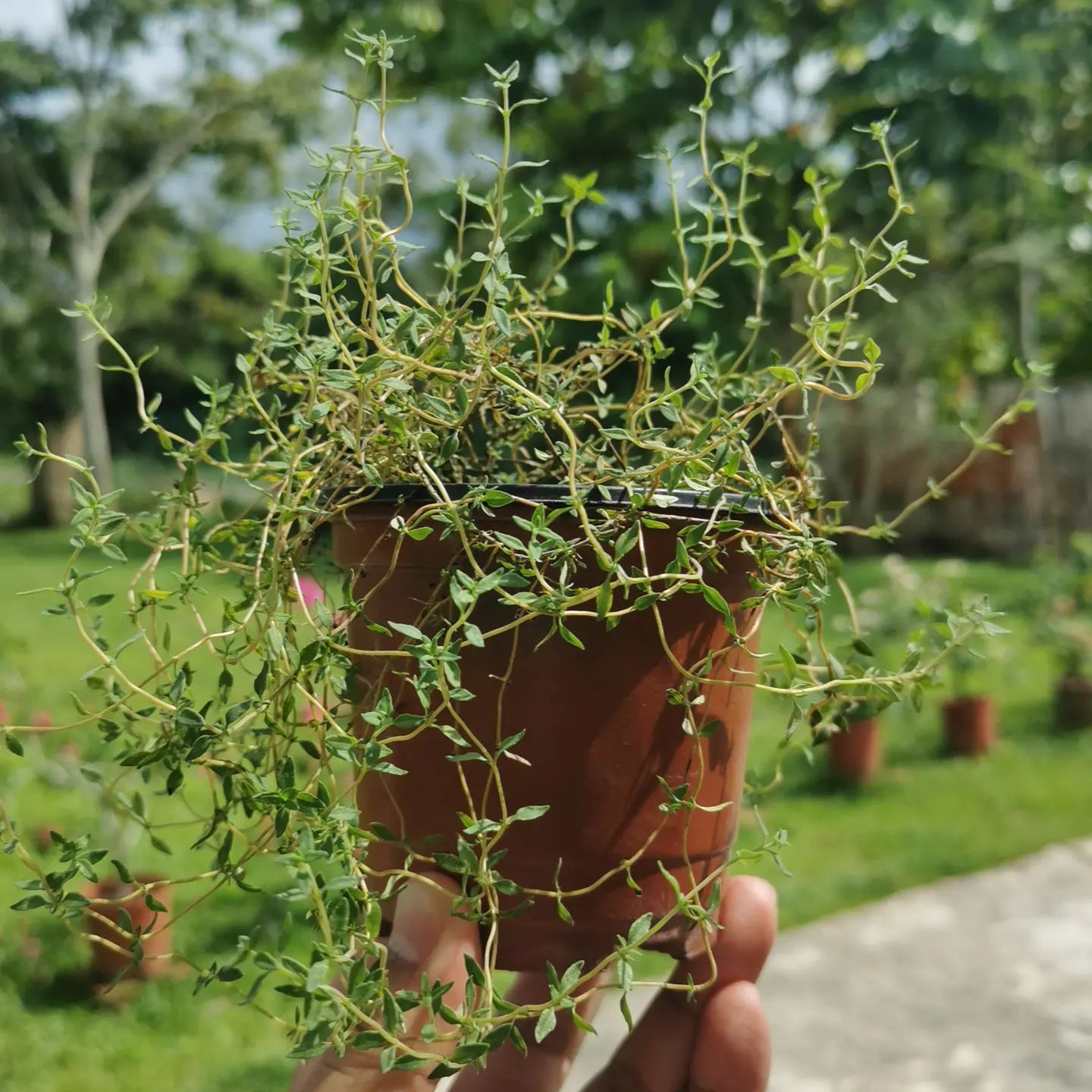
-
-
-
-
- Why It’s Great: Lemon thyme combines the flavors of lemon and thyme and emits a delightful fragrance.
- Light: Full sun.
- Watering: Allow soil to dry out between waterings.
- Size: Low-growing herbaceous perennial.
- Soil: Well-draining, sandy soil.
- Feeding: Minimal feeding with a balanced fertilizer.
- Flowering: Summer.
- Ease of Growing Rating: ⭐⭐⭐
-
-
-
24. Heliotrope
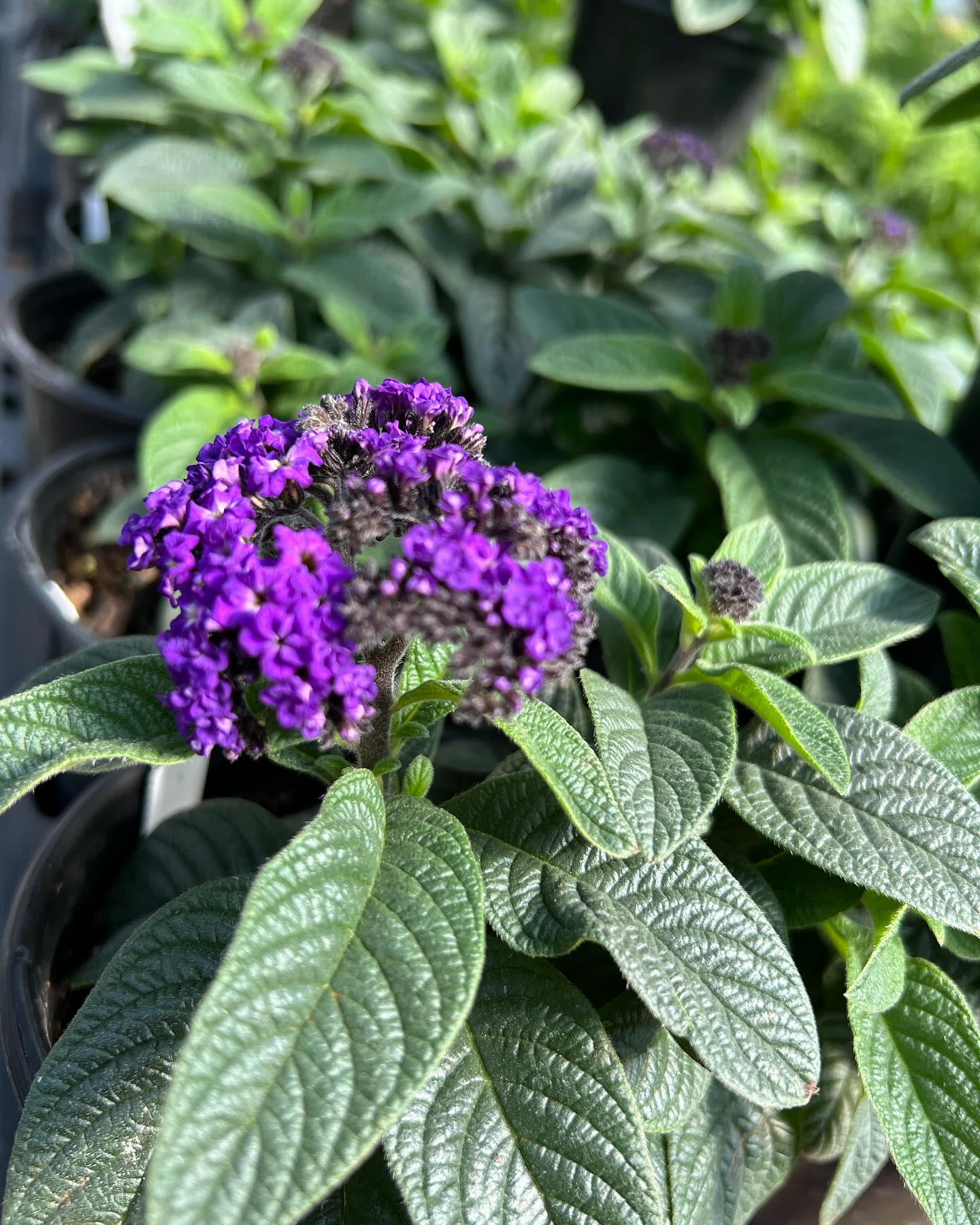
-
-
-
-
-
- Why It’s Great: Heliotrope offers a rich, vanilla-like fragrance and clusters of colorful flowers.
- Light: Full sun to partial shade.
- Watering: Keep soil evenly moist.
- Size: Compact shrub, reaching up to 2 feet tall.
- Soil: Well-draining, fertile soil.
- Feeding: Feed lightly with a balanced fertilizer every 4-6 weeks during the growing season.
- Flowering: Summer to fall.
- Ease of Growing Rating: ⭐⭐⭐
-
-
-
-
25. Scented Geraniums
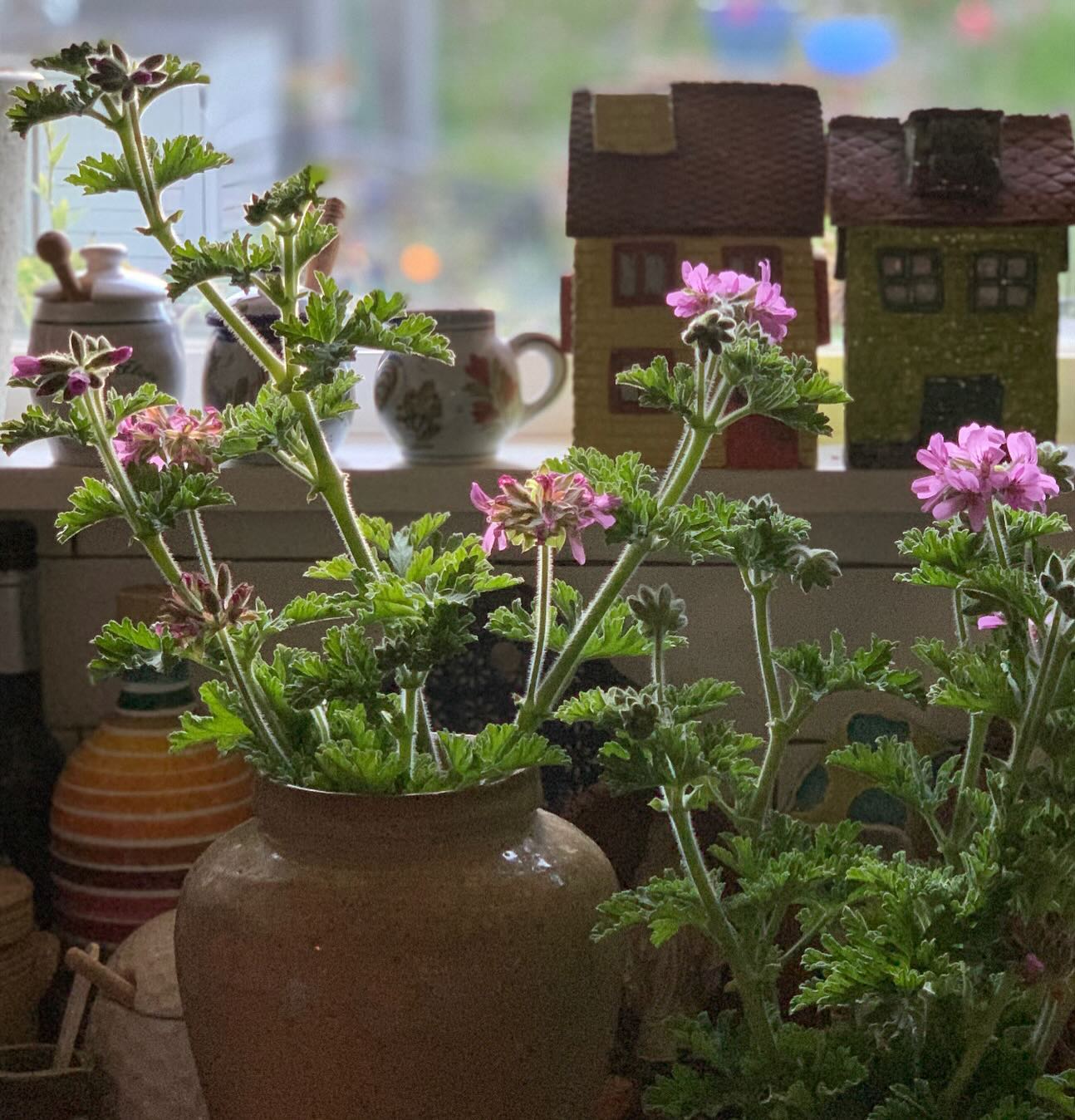
-
-
-
-
-
-
- Why It’s Great: Scented geraniums come in various fragrances, such as rose, lemon, and mint, adding diversity to indoor gardens.
- Light: Full sun to partial shade.
- Watering: Allow soil to dry out slightly between waterings.
- Size: Compact shrubs or trailing plants.
- Soil: Well-draining soil.
- Feeding: Regular feeding with a balanced fertilizer during the growing season.
- Flowering: Spring to fall.
- Ease of Growing Rating: ⭐⭐⭐⭐
-
-
-
-
-
26. Honeysuckle
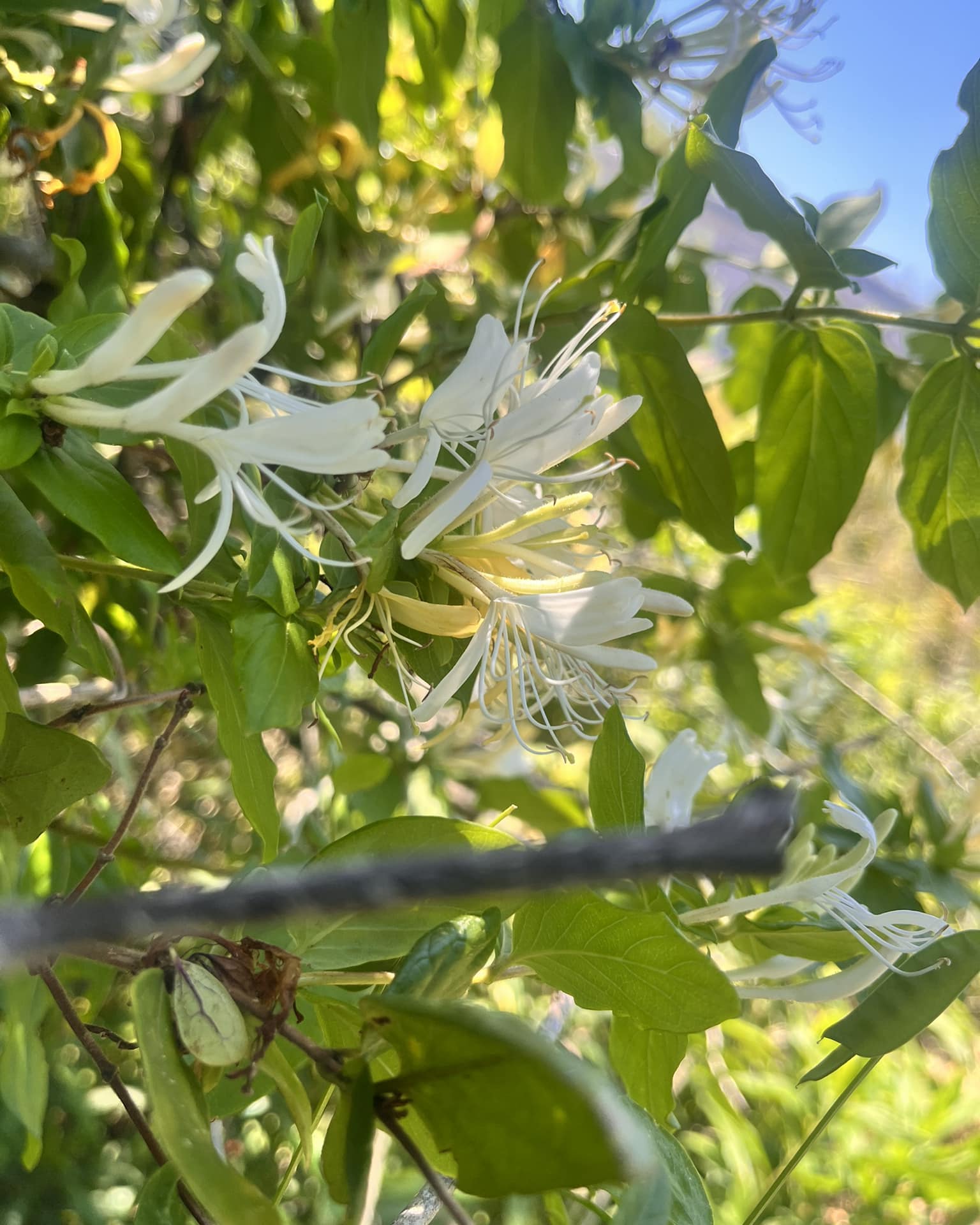
-
-
-
-
-
-
-
-
- Why It’s Great: Honeysuckle’s sweet fragrance attracts pollinators and enhances outdoor spaces with its climbing vines.
- Light: Full sun to partial shade.
- Watering: Keep soil evenly moist.
- Size: Climbing vine or shrub, depending on variety.
- Soil: Well-draining, fertile soil.
- Feeding: Feed monthly with a balanced fertilizer during the growing season.
- Flowering: Spring to summer.
- Ease of Growing Rating: ⭐⭐⭐
-
-
-
-
-
-
-
27. Neroli
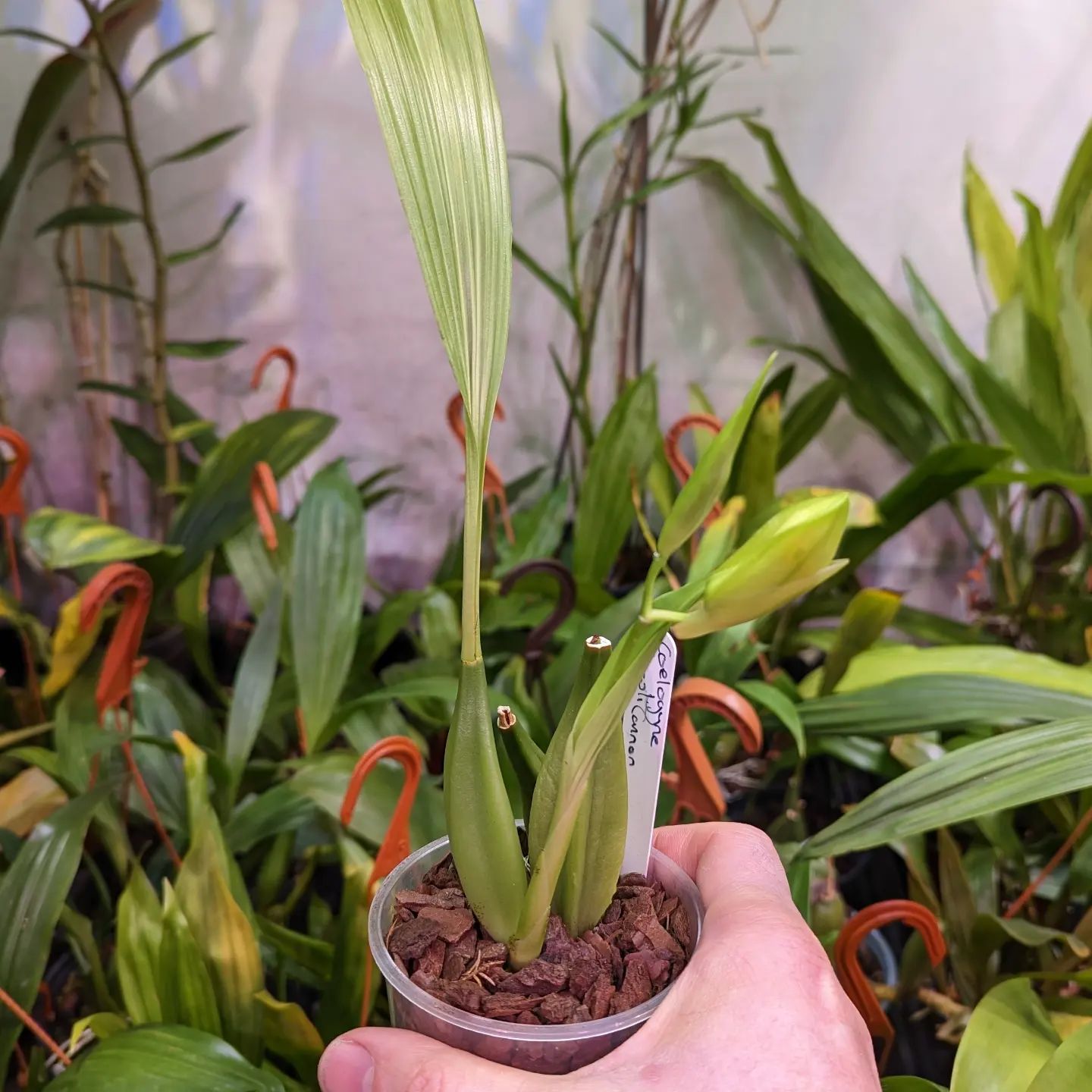
-
-
-
-
-
-
-
- Why It’s Great: Neroli’s floral scent is derived from bitter orange blossoms and is often used in perfumery and aromatherapy.
- Light: Full sun to partial shade.
- Watering: Keep soil evenly moist.
- Size: Small tree or shrub.
- Soil: Well-draining, fertile soil.
- Feeding: Feed monthly with a balanced fertilizer during the growing season.
- Flowering: Spring.
- Ease of Growing Rating: ⭐⭐⭐
-
-
-
-
-
-
28. Sweet Alyssum
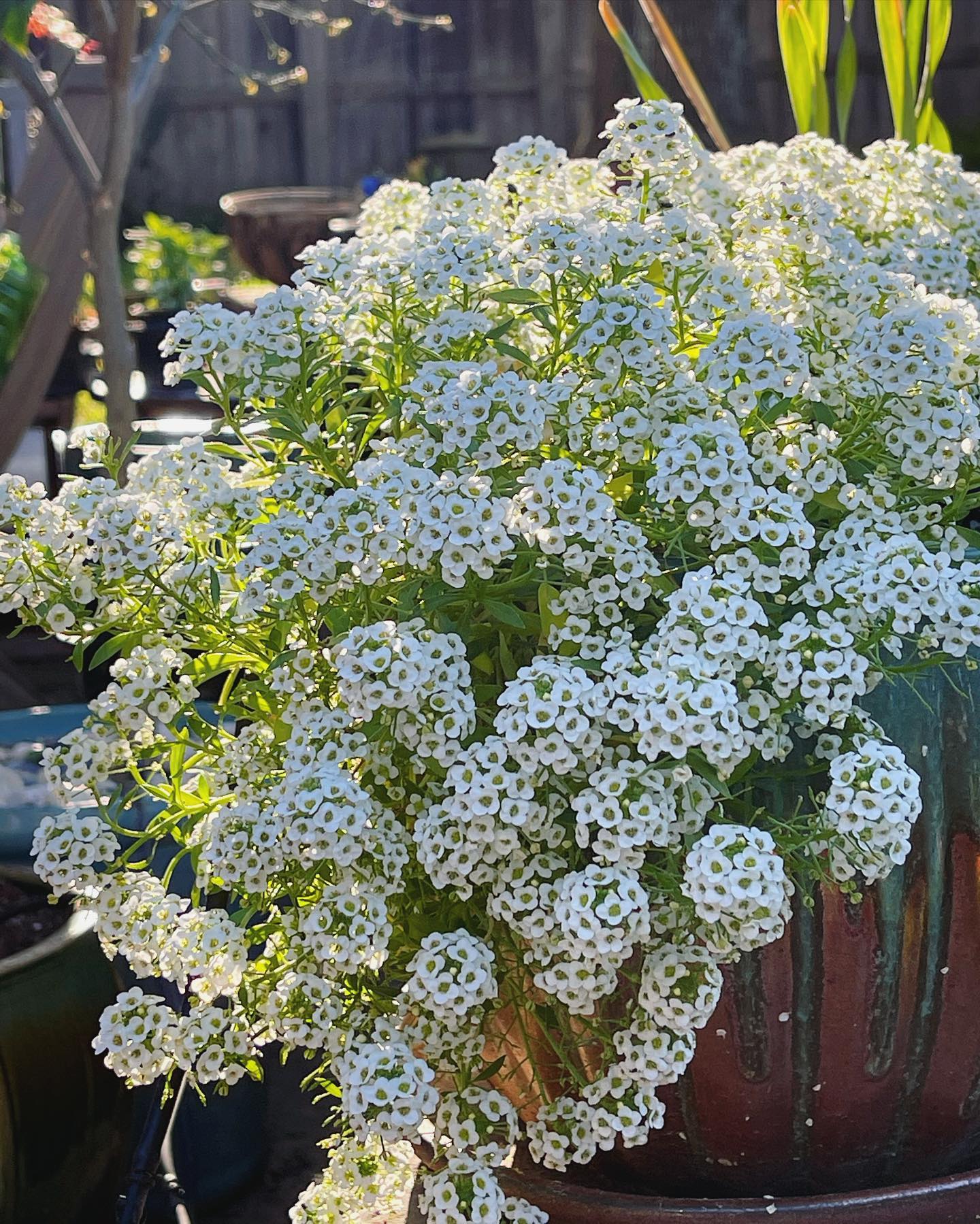
-
-
-
-
-
-
-
- Why It’s Great: Sweet alyssum’s delicate flowers emit a honey-like fragrance and attract beneficial insects.
- Light: Full sun to partial shade.
- Watering: Keep soil evenly moist.
- Size: Low-growing annual or perennial, reaching up to 1 foot tall.
- Soil: Well-draining, fertile soil.
- Feeding: Feed lightly with a balanced fertilizer every 4-6 weeks during the growing season.
- Flowering: Spring to fall.
- Ease of Growing Rating: ⭐⭐⭐
-
-
-
-
-
-
29. Angel’s Trumpet
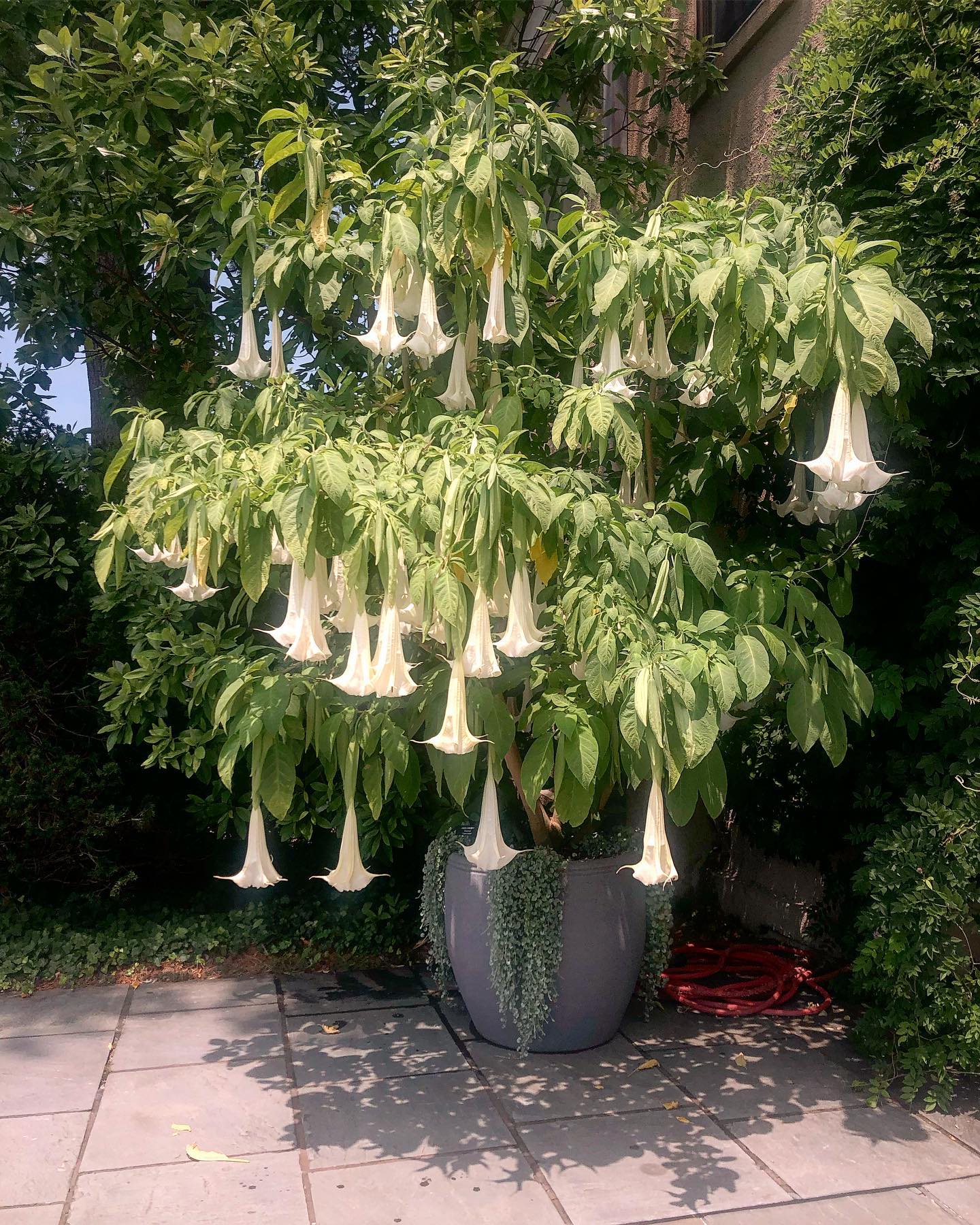
-
-
-
-
-
-
-
- Why It’s Great: Angel’s trumpet offers large, fragrant flowers that release their scent in the evening, creating a magical ambiance.
- Light: Full sun to partial shade.
- Watering: Keep soil consistently moist.
- Size: Large shrub or small tree.
- Soil: Well-draining, fertile soil.
- Feeding: Feed monthly with a balanced fertilizer during the growing season.
- Flowering: Summer to fall.
- Ease of Growing Rating: ⭐⭐
-
-
-
-
-
-
30. Night-Blooming Jasmine
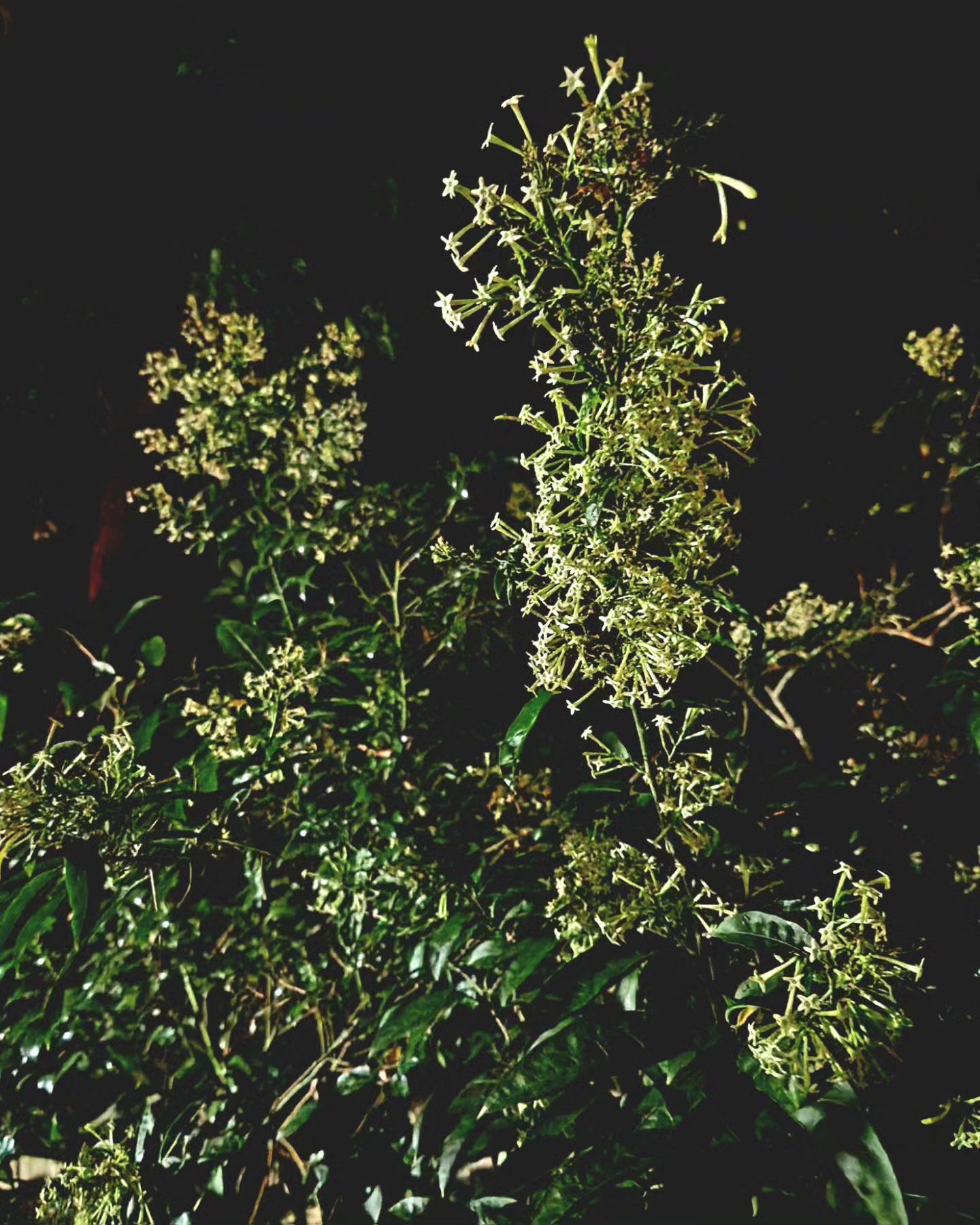
-
-
-
-
-
-
-
- Why It’s Great: Night-blooming jasmine’s intoxicating fragrance fills the air after dusk, perfect for evening relaxation.
- Light: Full sun to partial shade.
- Watering: Keep soil evenly moist.
- Size: Climbing vine or shrub.
- Soil: Well-draining, fertile soil.
- Feeding: Feed monthly with a balanced fertilizer during the growing season.
- Flowering: Summer to fall.
- Ease of Growing Rating: ⭐⭐⭐
-
-
-
-
-
-
31. Honeyscented Pelargonium
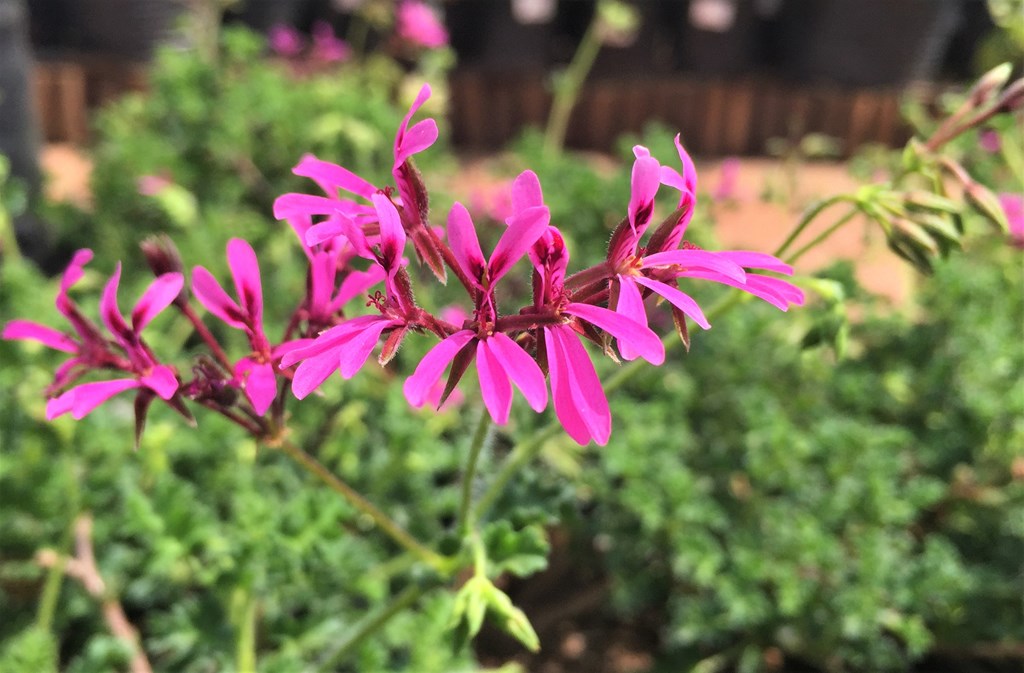
-
-
-
-
-
-
-
- Why It’s Great: Honeyscented pelargonium offers a honey-like fragrance and attractive foliage, making it a versatile addition to gardens.
- Light: Full sun to partial shade.
- Watering: Allow soil to dry out slightly between waterings.
- Size: Compact shrub or trailing plant.
- Soil: Well-draining soil.
- Feeding: Regular feeding with a balanced fertilizer during the growing season.
- Flowering: Spring to fall.
- Ease of Growing Rating: ⭐⭐⭐
-
-
-
-
-
-
32. Catmint
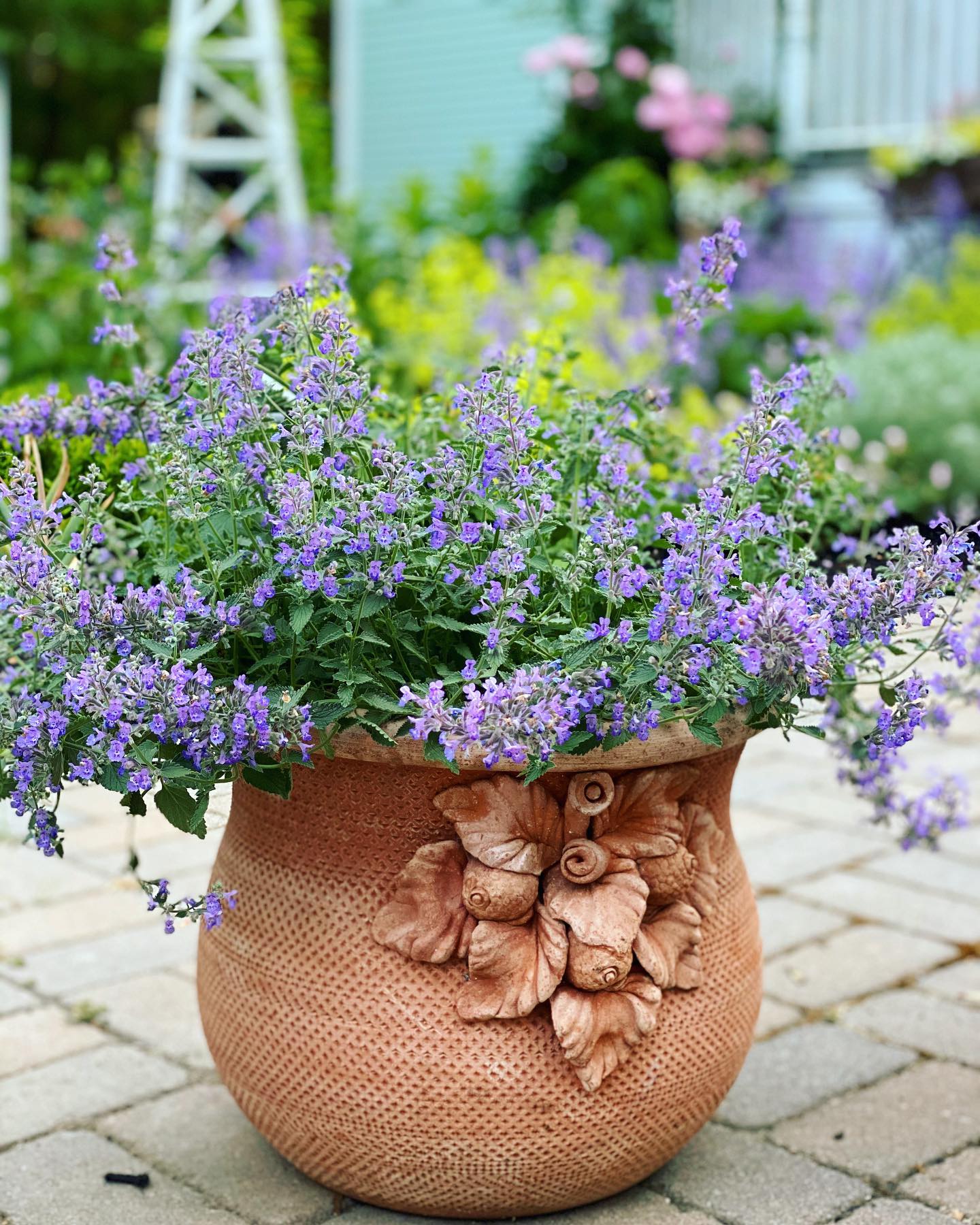
-
-
-
-
-
-
-
- Why It’s Great: Catmint’s minty fragrance is calming to humans but irresistibly attractive to cats, making it a unique addition to gardens.
- Light: Full sun to partial shade.
- Watering: Allow soil to dry out slightly between waterings.
- Size: Low-growing perennial herb.
- Soil: Well-draining, sandy soil.
- Feeding: Minimal feeding with a balanced fertilizer.
- Flowering: Summer.
- Ease of Growing Rating: ⭐⭐⭐
-
-
-
-
-
-
33. Lilac
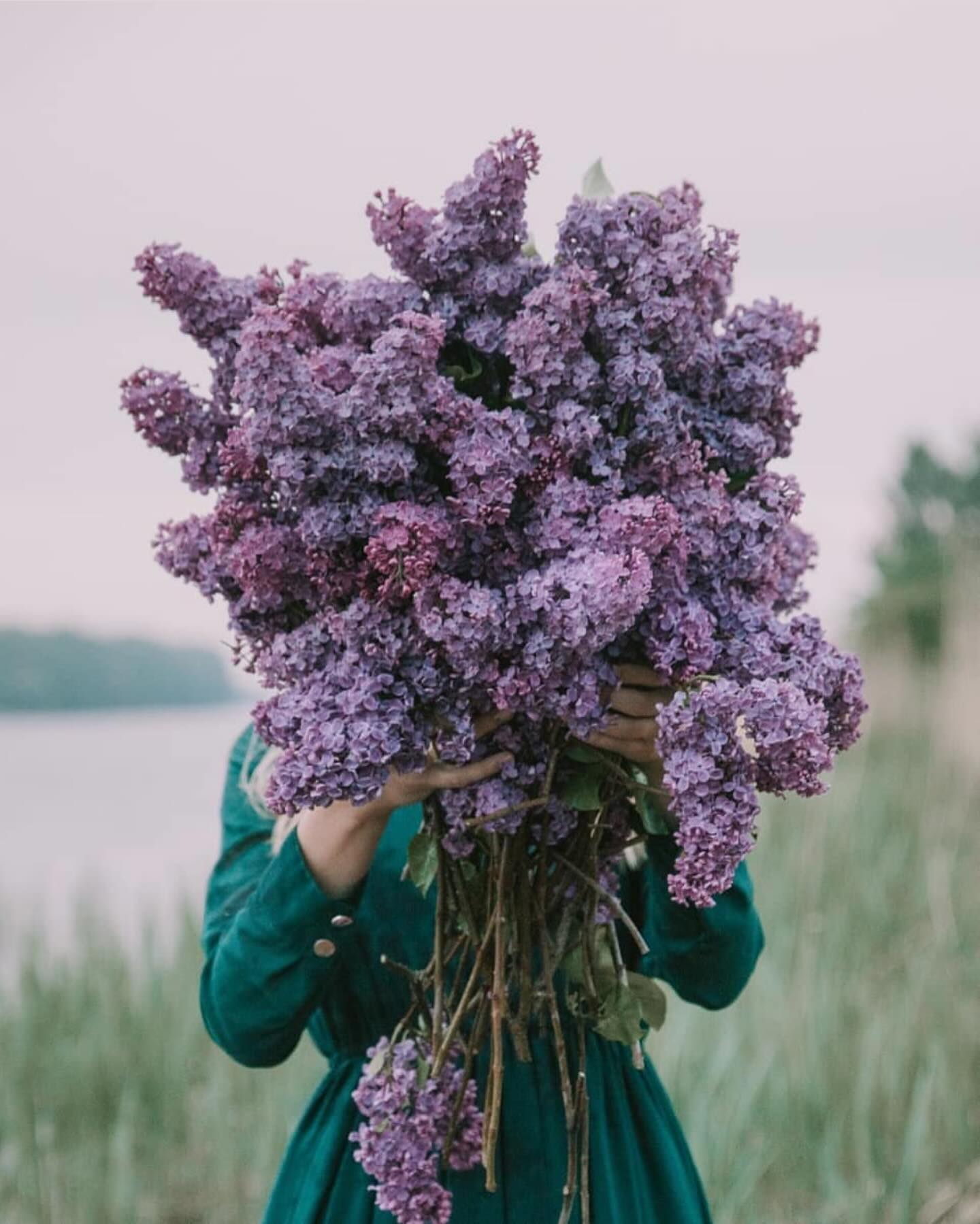
-
-
-
-
-
-
-
- Why It’s Great: Lilac’s sweet, floral fragrance is synonymous with springtime and can fill entire gardens with its scent.
- Light: Full sun to partial shade.
- Watering: Keep soil evenly moist.
- Size: Shrub or small tree.
- Soil: Well-draining, fertile soil.
- Feeding: Feed lightly with a balanced fertilizer during the growing season.
- Flowering: Spring.
- Ease of Growing Rating: ⭐⭐⭐
-
-
-
-
-
-
34. Mock Orange
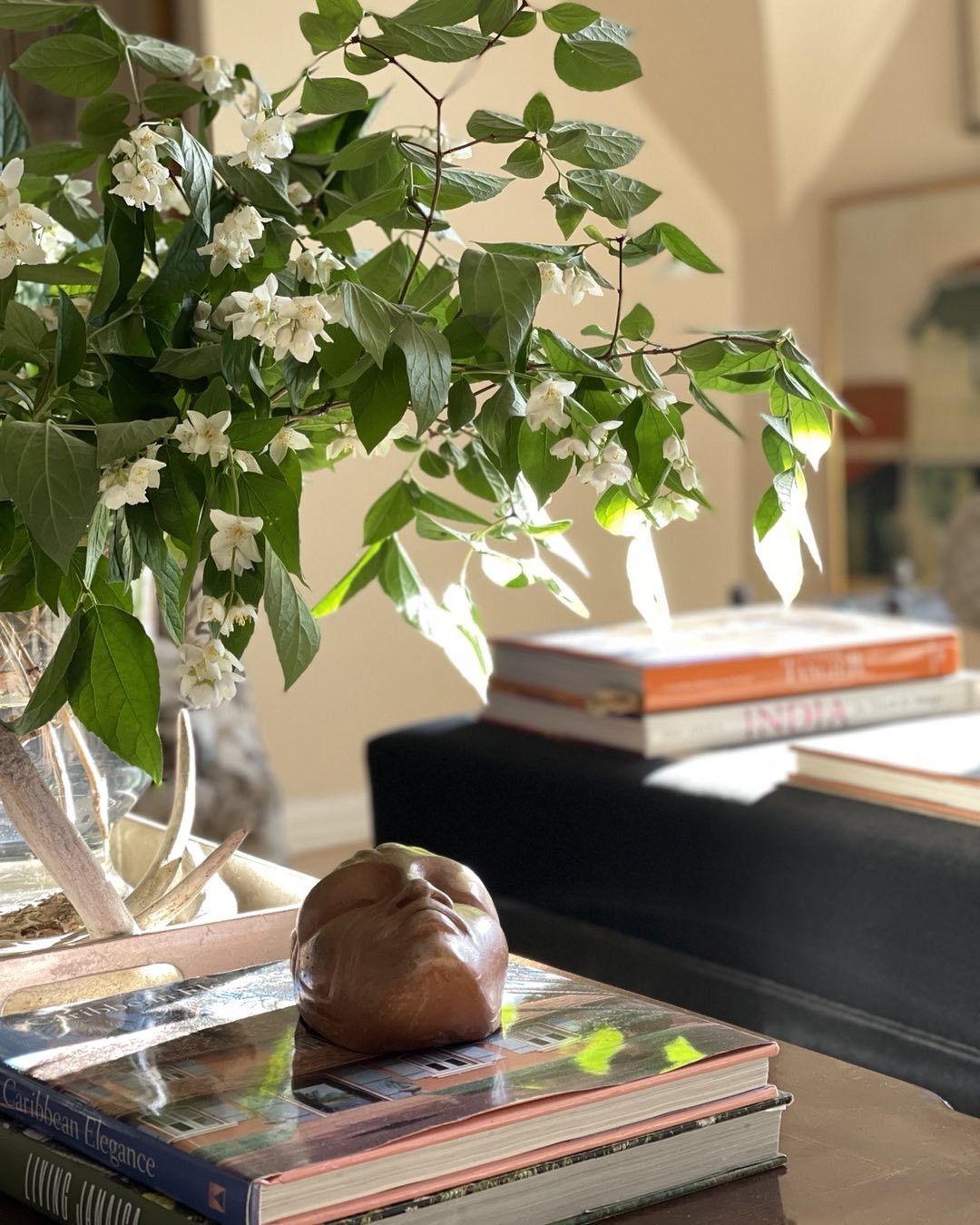
-
-
-
-
-
-
-
- Why It’s Great: Mock orange offers fragrant white flowers reminiscent of orange blossoms, creating a citrusy aroma in the garden.
- Light: Full sun to partial shade.
- Watering: Keep soil evenly moist.
- Size: Shrub or small tree.
- Soil: Well-draining, fertile soil.
- Feeding: Feed lightly with a balanced fertilizer during the growing season.
- Flowering: Late spring to early summer.
- Ease of Growing Rating: ⭐⭐⭐
-
-
-
-
-
-
35. Sweet Woodruff
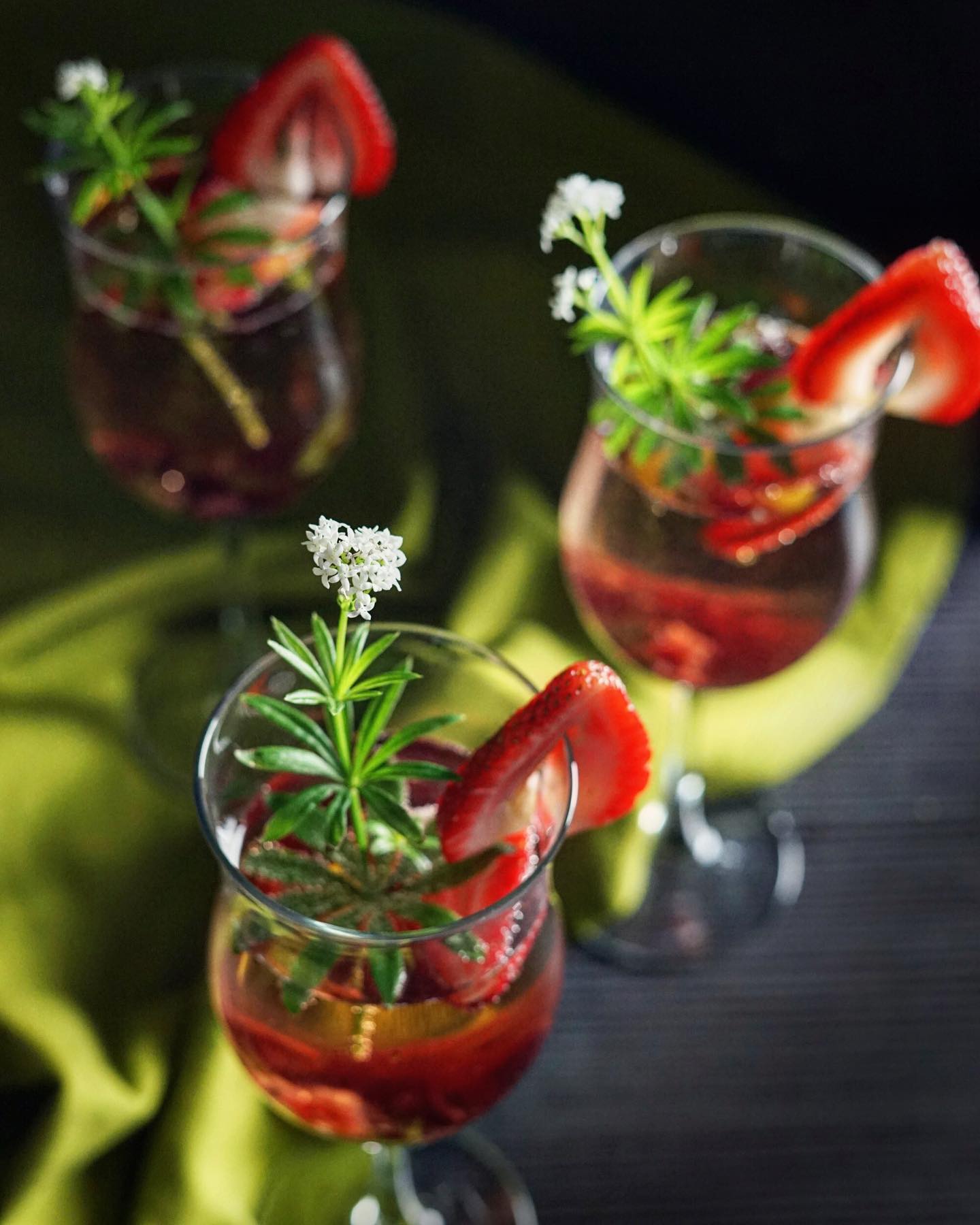
-
-
-
-
-
-
-
- Why It’s Great: Sweet woodruff’s foliage emits a sweet, hay-like fragrance and is often used in potpourri and herbal remedies.
- Light: Partial to full shade.
- Watering: Keep soil consistently moist.
- Size: Low-growing perennial ground cover.
- Soil: Moist, well-draining soil.
- Feeding: Minimal feeding with a balanced fertilizer.
- Flowering: Spring.
- Ease of Growing Rating: ⭐⭐⭐
-
-
-
-
-
-
36. Violet
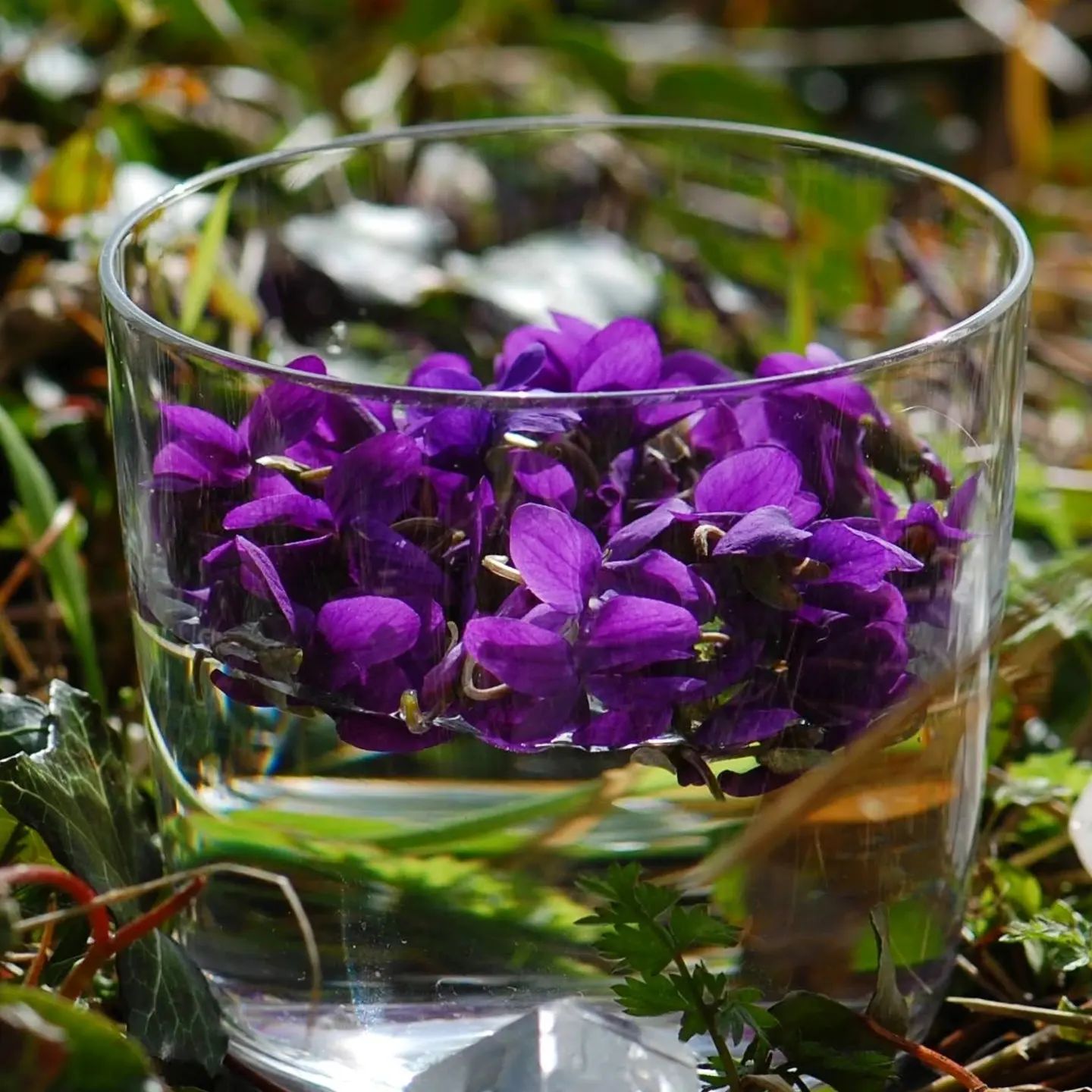
-
-
-
-
-
-
-
- Why It’s Great: Violets offer delicate, sweet-scented flowers that bloom in various colors, adding charm to gardens and indoor spaces.
- Light: Partial shade to full shade.
- Watering: Keep soil consistently moist.
- Size: Low-growing perennial.
- Soil: Rich, well-draining soil.
- Feeding: Minimal feeding with a balanced fertilizer.
- Flowering: Spring to summer.
- Ease of Growing Rating: ⭐⭐⭐
-
-
-
-
-
-
37. Tuberose
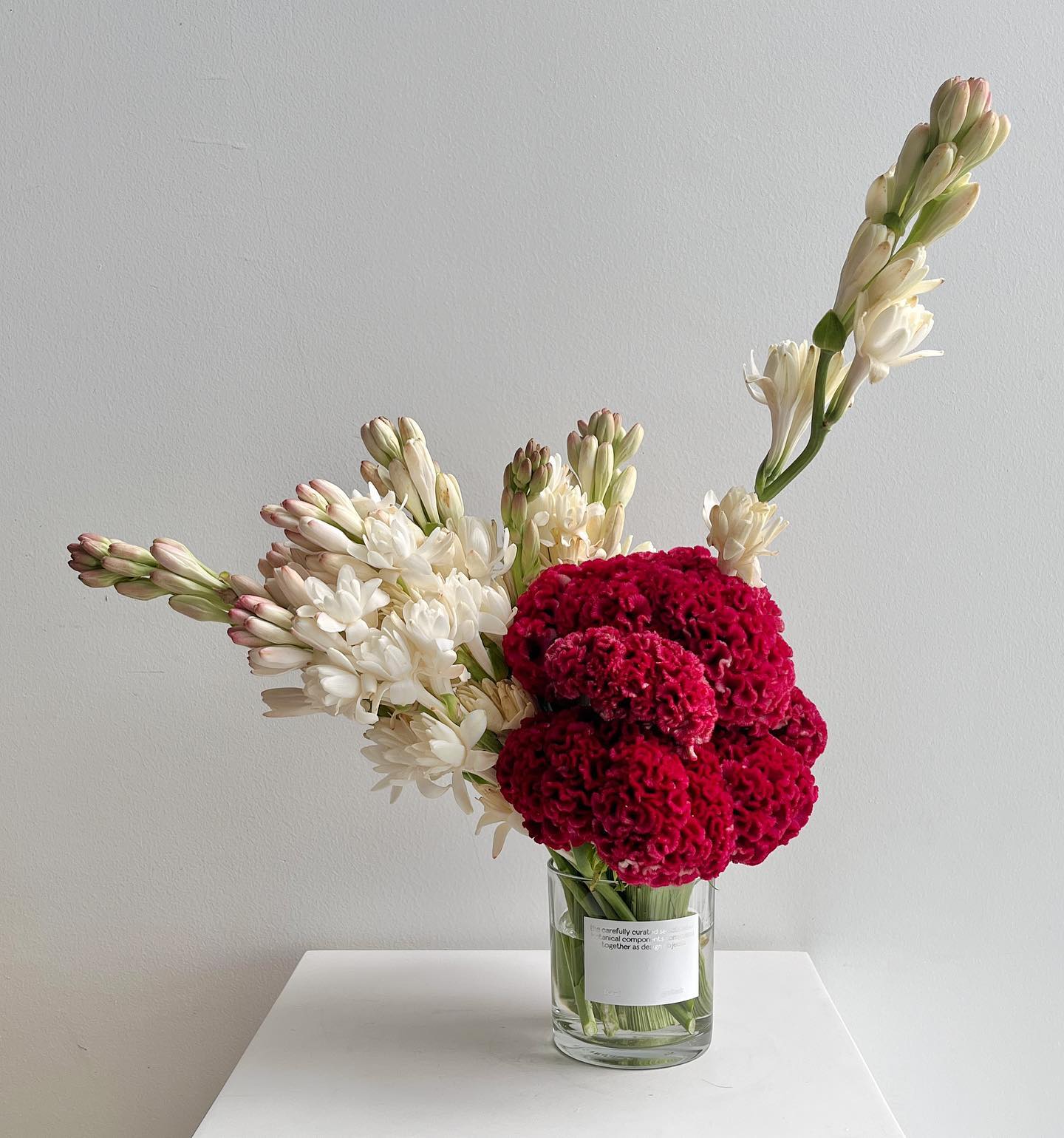
-
-
-
-
-
-
-
- Why It’s Great: Tuberose’s intense, exotic fragrance is often used in perfumery and can fill the air with its heady scent.
- Light: Full sun.
- Watering: Keep soil evenly moist.
- Size: Herbaceous perennial, growing up to 3 feet tall.
- Soil: Well-draining, fertile soil.
- Feeding: Feed monthly with a balanced fertilizer during the growing season.
- Flowering: Summer to fall.
- Ease of Growing Rating: ⭐⭐
-
-
-
-
-
-
38. Carnation
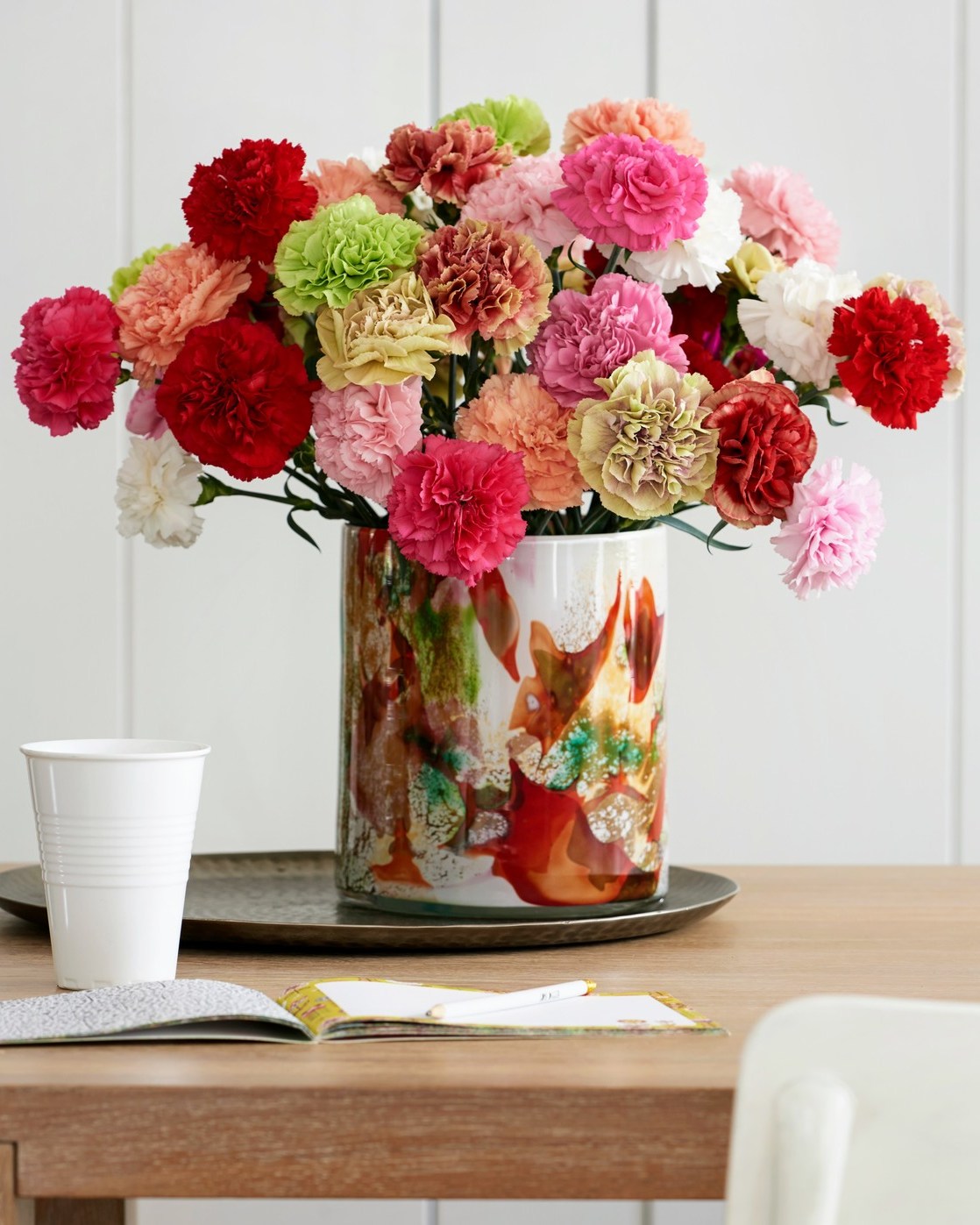
-
-
-
-
-
-
-
- Why It’s Great: Carnation’s spicy, clove-like fragrance is long-lasting and adds elegance to floral arrangements and gardens.
- Light: Full sun to partial shade.
- Watering: Keep soil evenly moist.
- Size: Herbaceous perennial, growing up to 2 feet tall.
- Soil: Well-draining, fertile soil.
- Feeding: Feed lightly with a balanced fertilizer during the growing season.
- Flowering: Late spring to summer.
- Ease of Growing Rating: ⭐⭐⭐
-
-
-
-
-
-
39. Gardenia
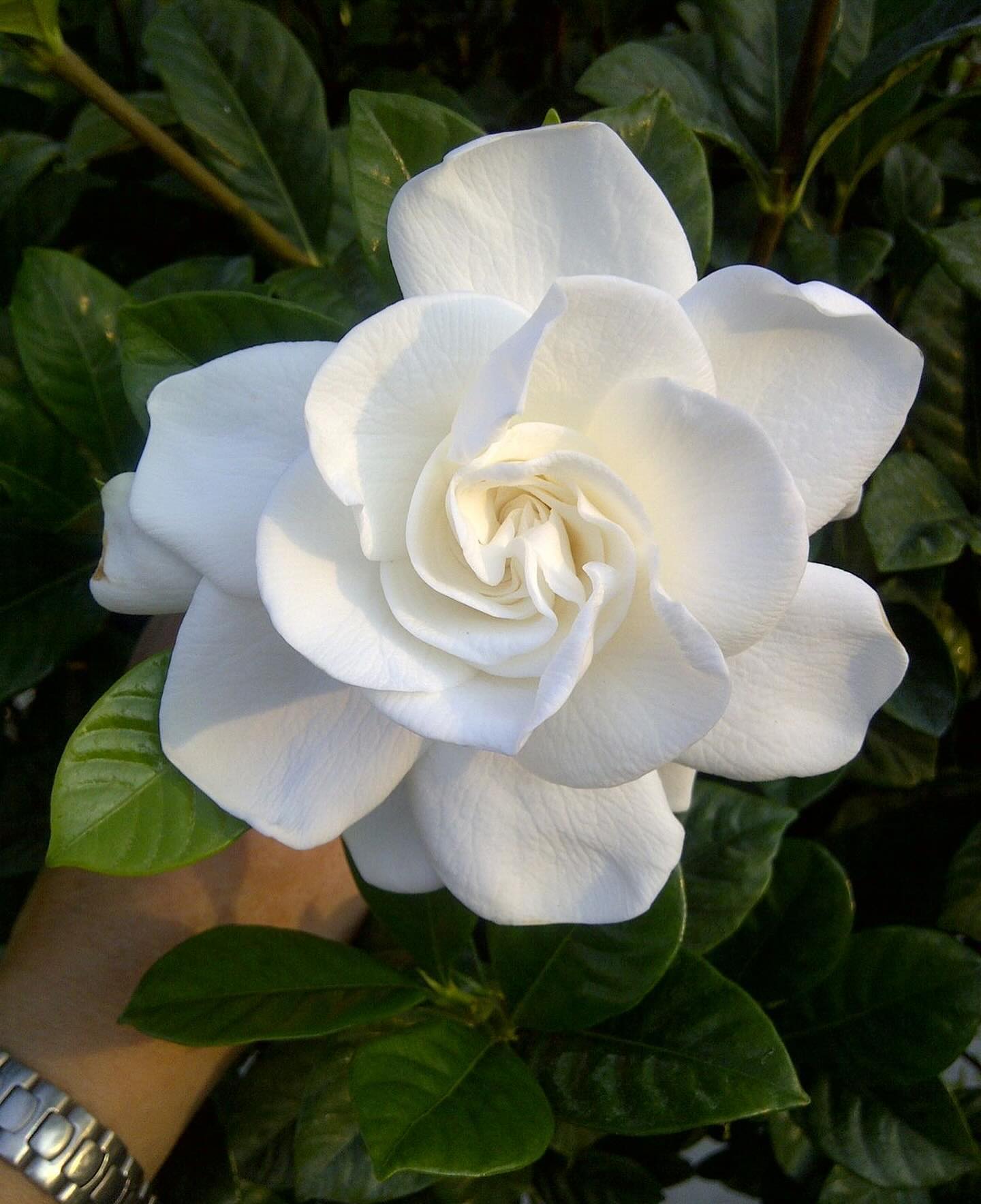
-
-
-
-
-
-
-
- Why It’s Great: Gardenia’s creamy-white flowers emit a rich, intoxicating fragrance synonymous with warm climates and tropical gardens.
- Light: Partial shade to full sun.
- Watering: Keep soil evenly moist.
- Size: Shrub or small tree.
- Soil: Well-draining, acidic soil.
- Feeding: Feed monthly with a balanced fertilizer during the growing season.
- Flowering: Spring to summer.
- Ease of Growing Rating: ⭐⭐
-
-
-
-
-
-
40.Tulsi (Holy Basil)
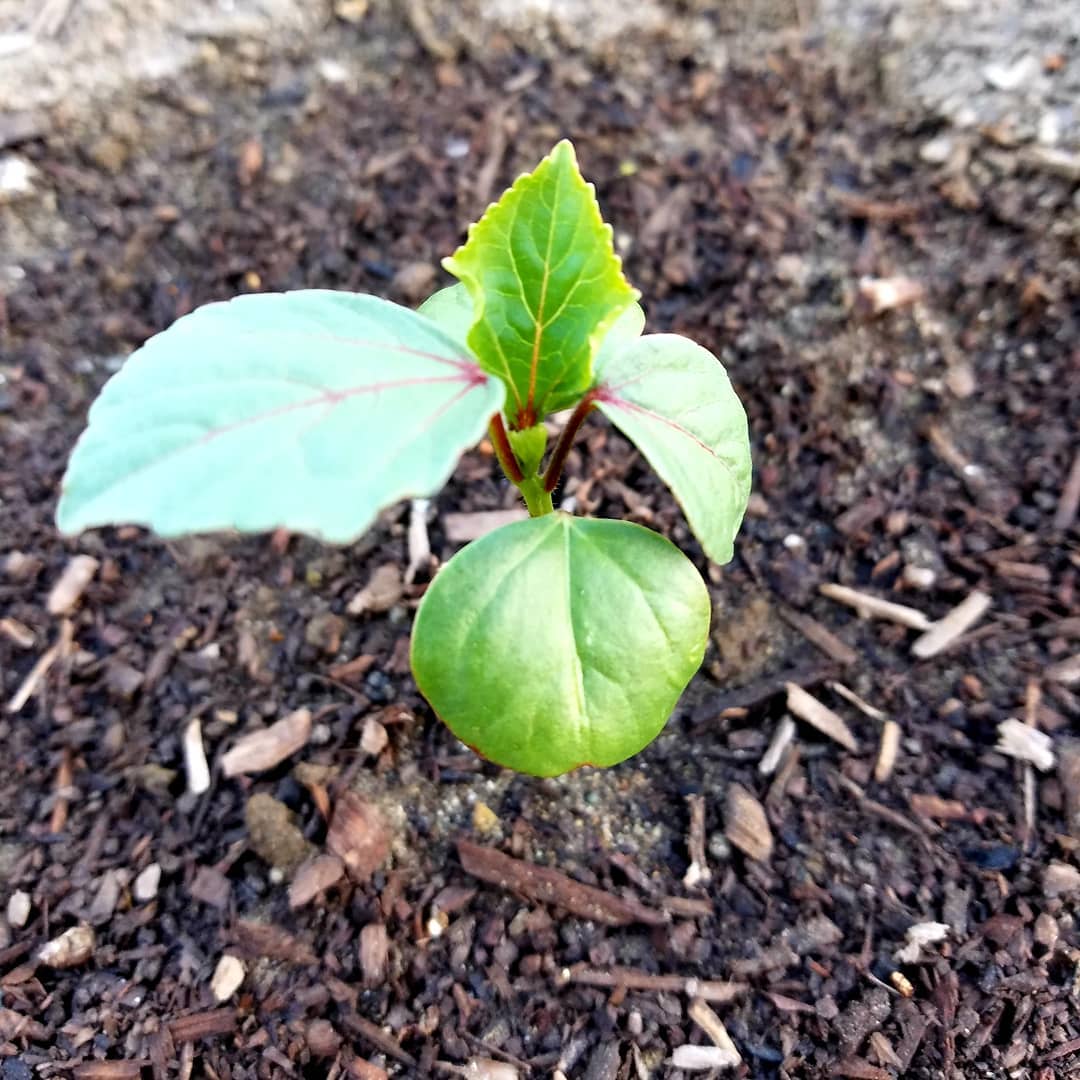
-
-
-
-
-
-
- Why It’s Great: Tulsi’s sacred status in Hindu culture is accompanied by its spicy, clove-like fragrance and medicinal properties.
- Light: Full sun to partial shade.
- Watering: Keep soil consistently moist.
- Size: Herbaceous perennial, growing up to 2 feet tall.
- Soil: Well-draining, fertile soil.
- Feeding: Feed monthly with a balanced fertilizer during the growing season.
- Flowering: Summer to fall.
- Ease of Growing Rating: ⭐⭐⭐
-
-
-
-
-


